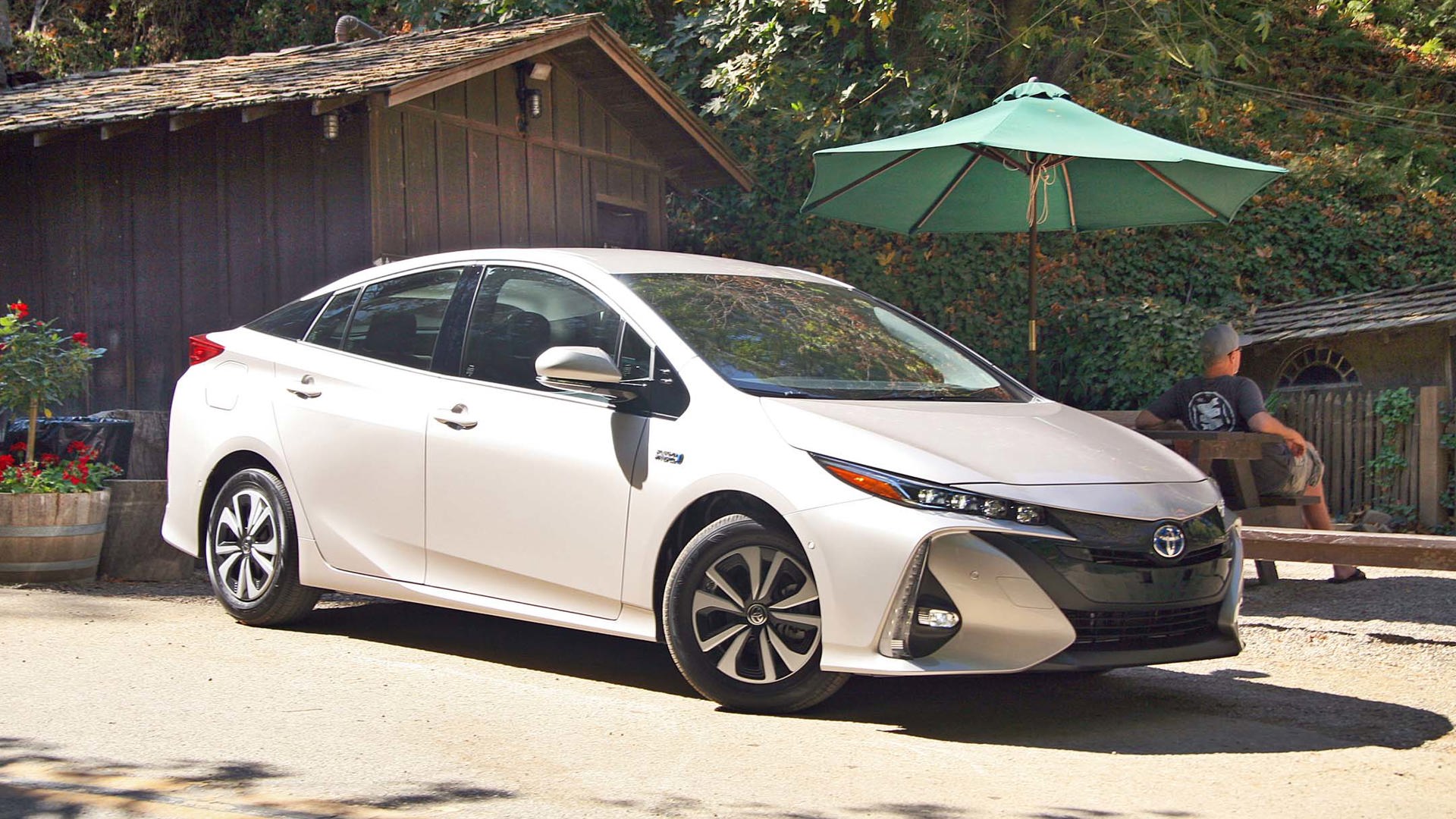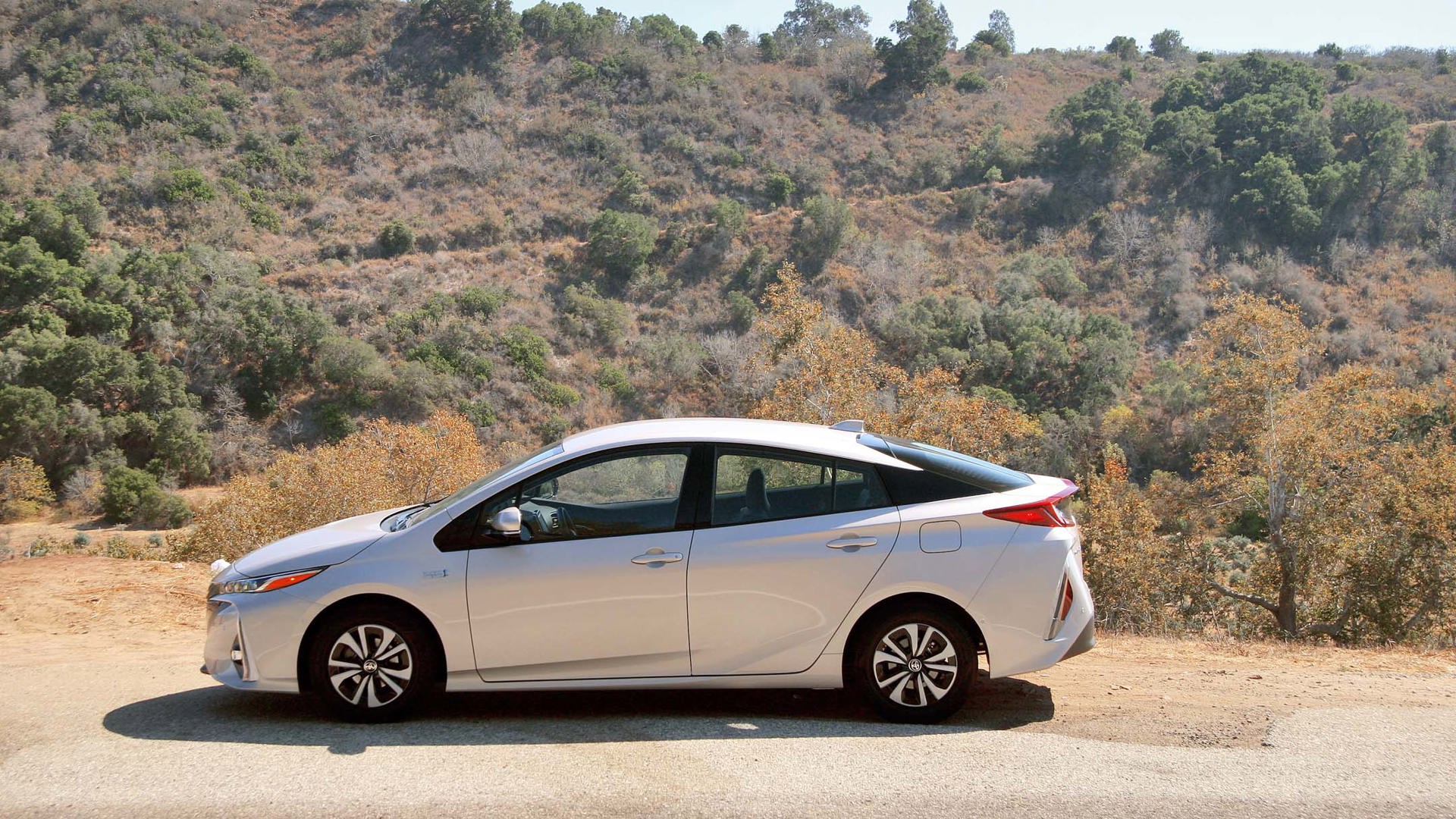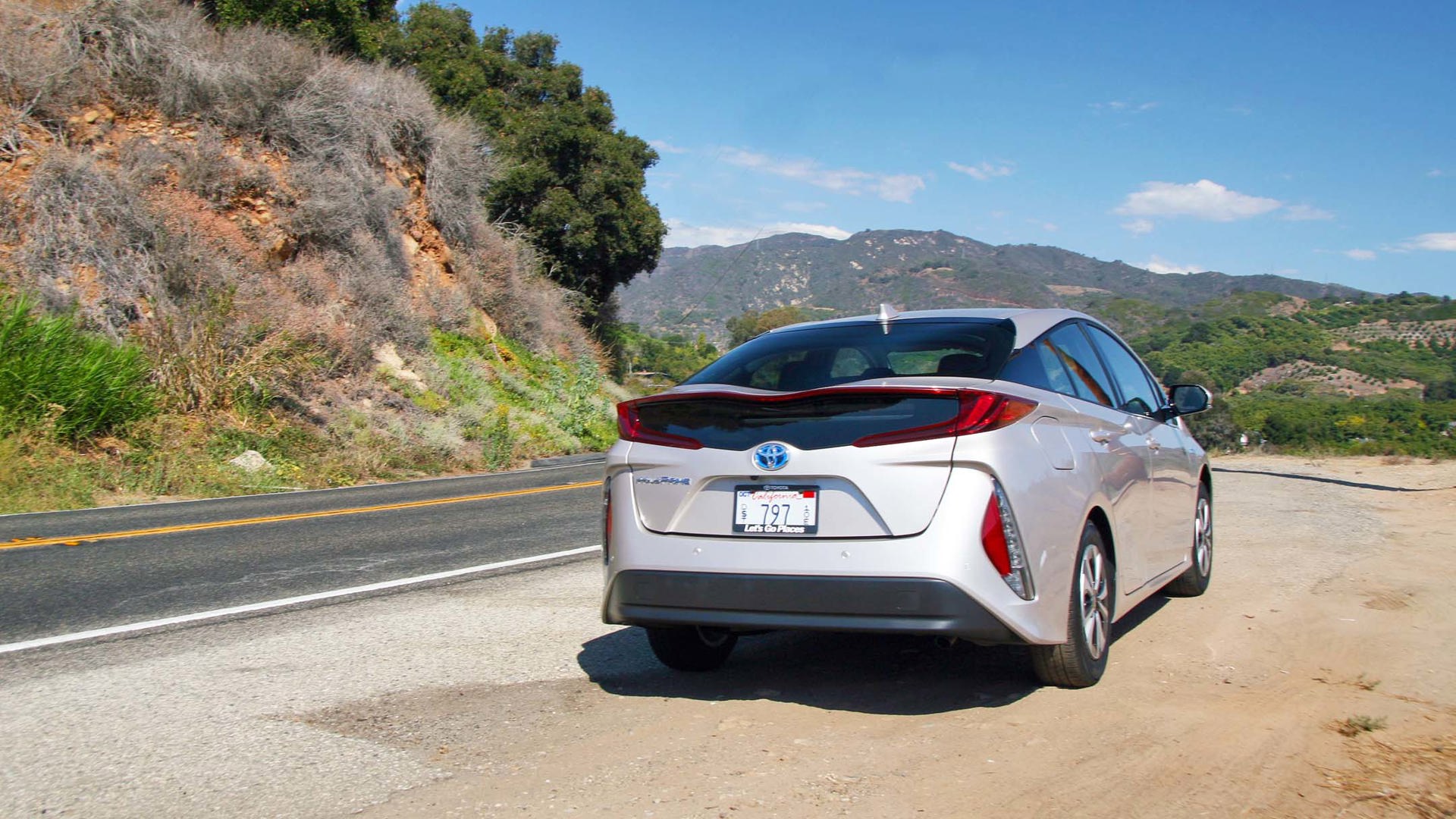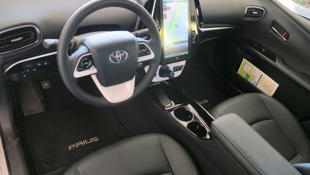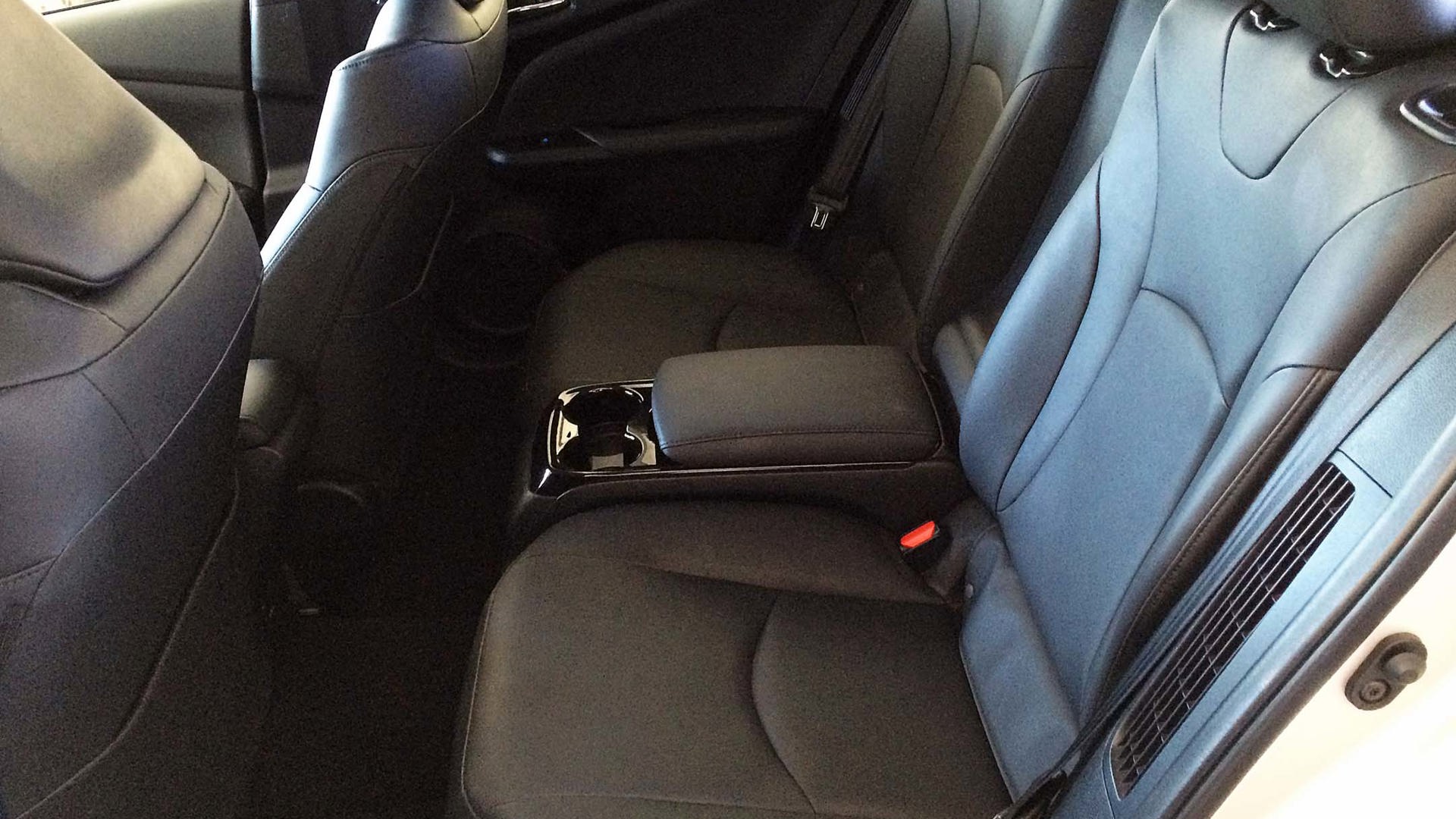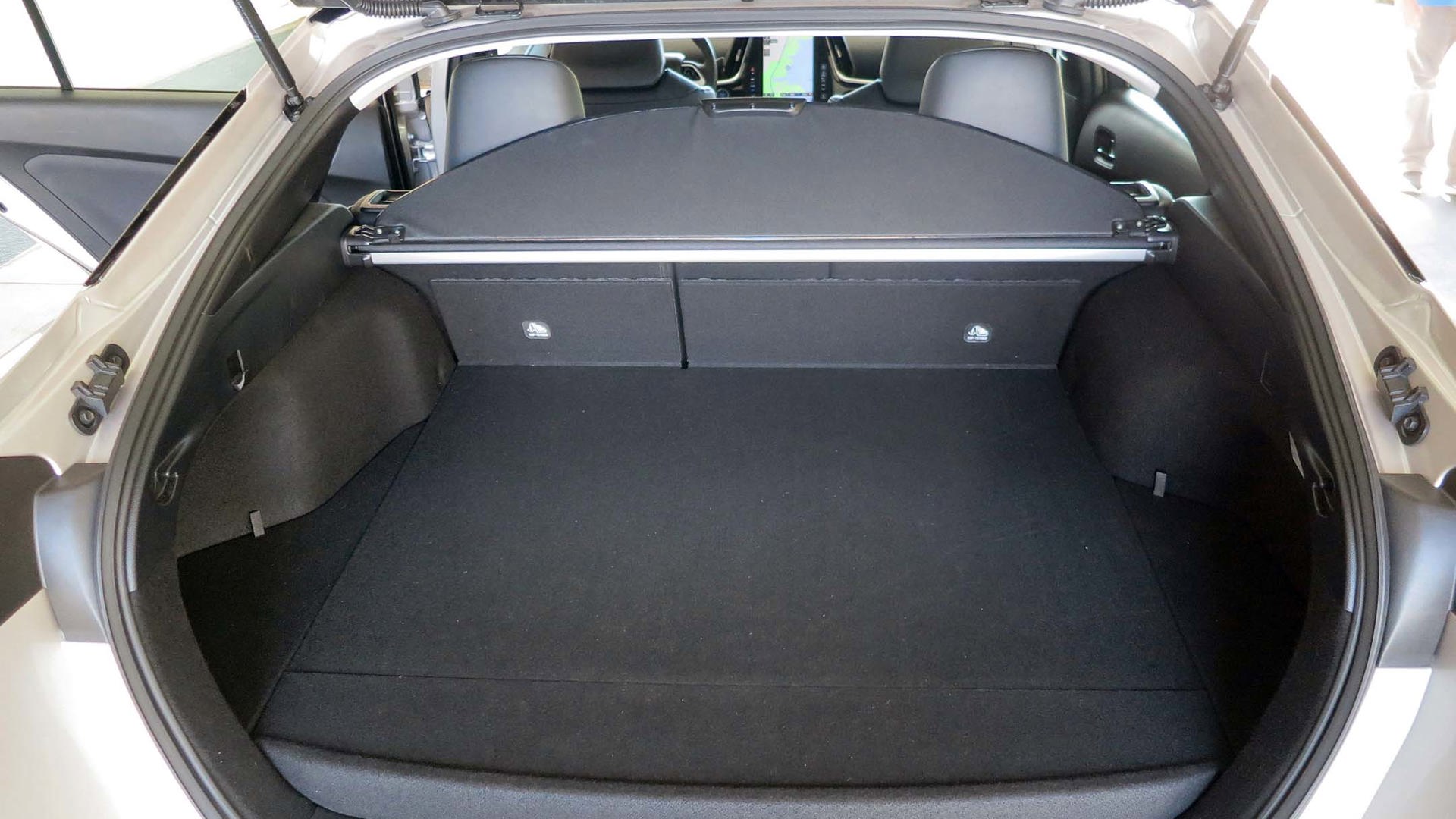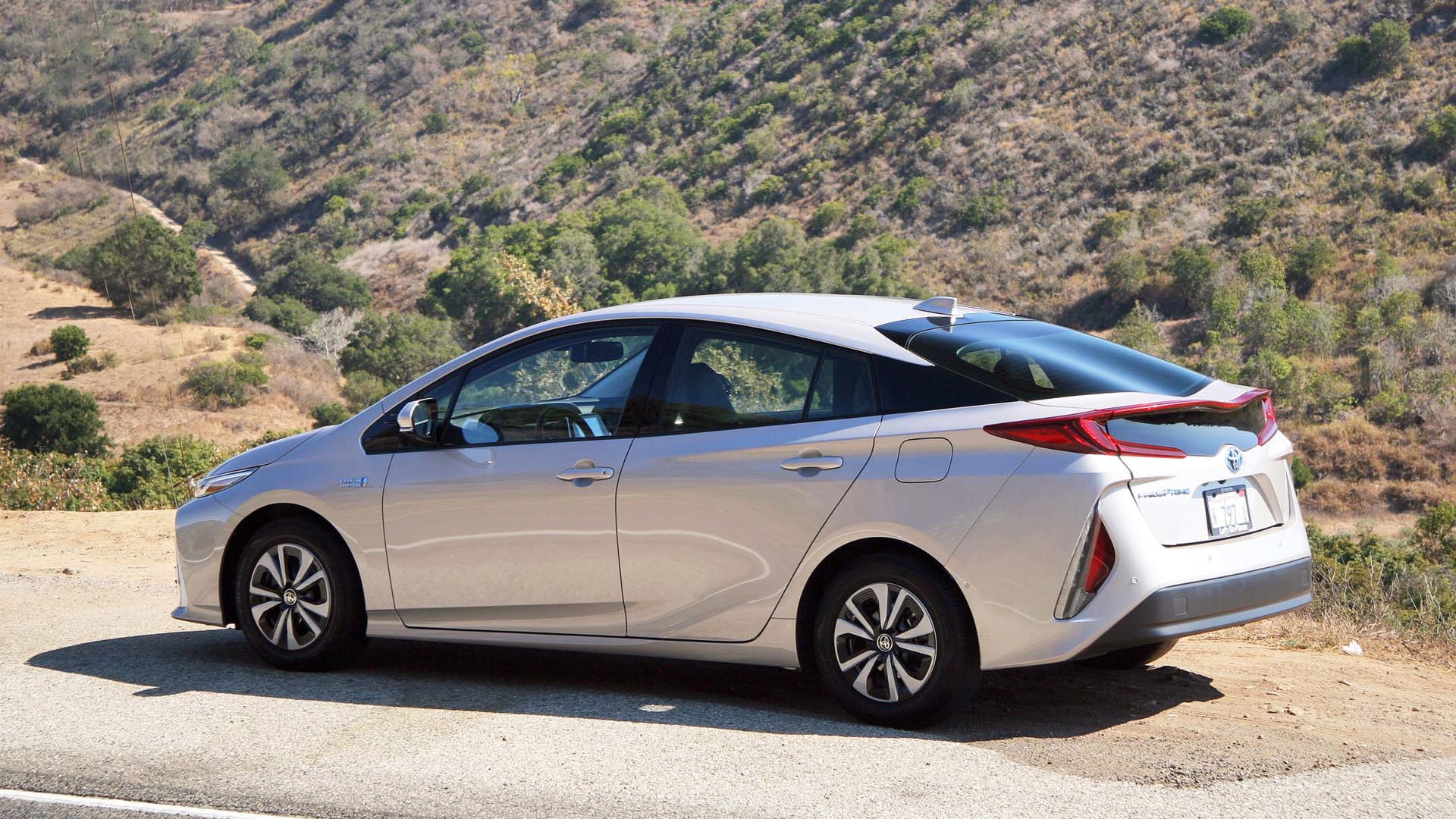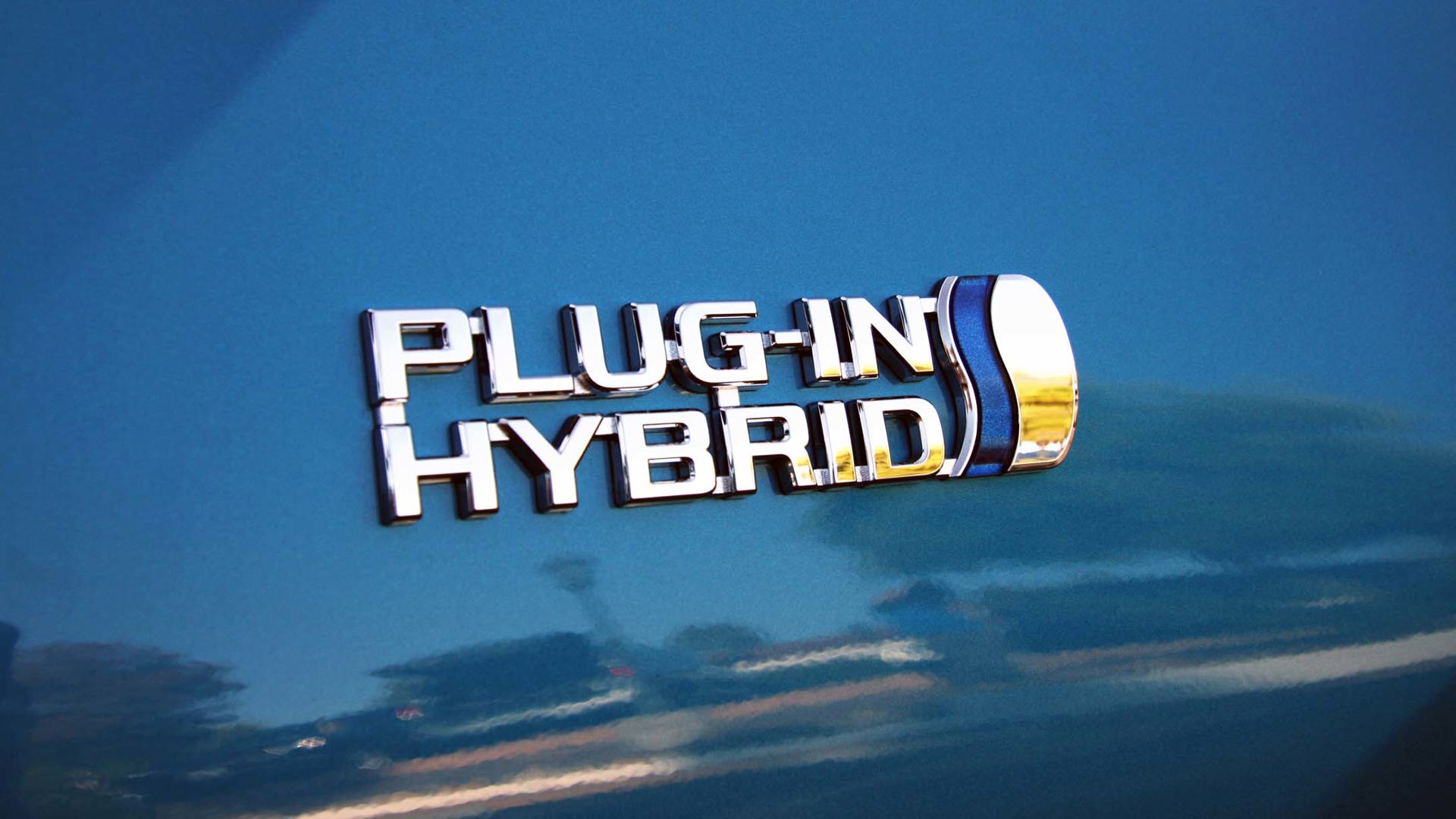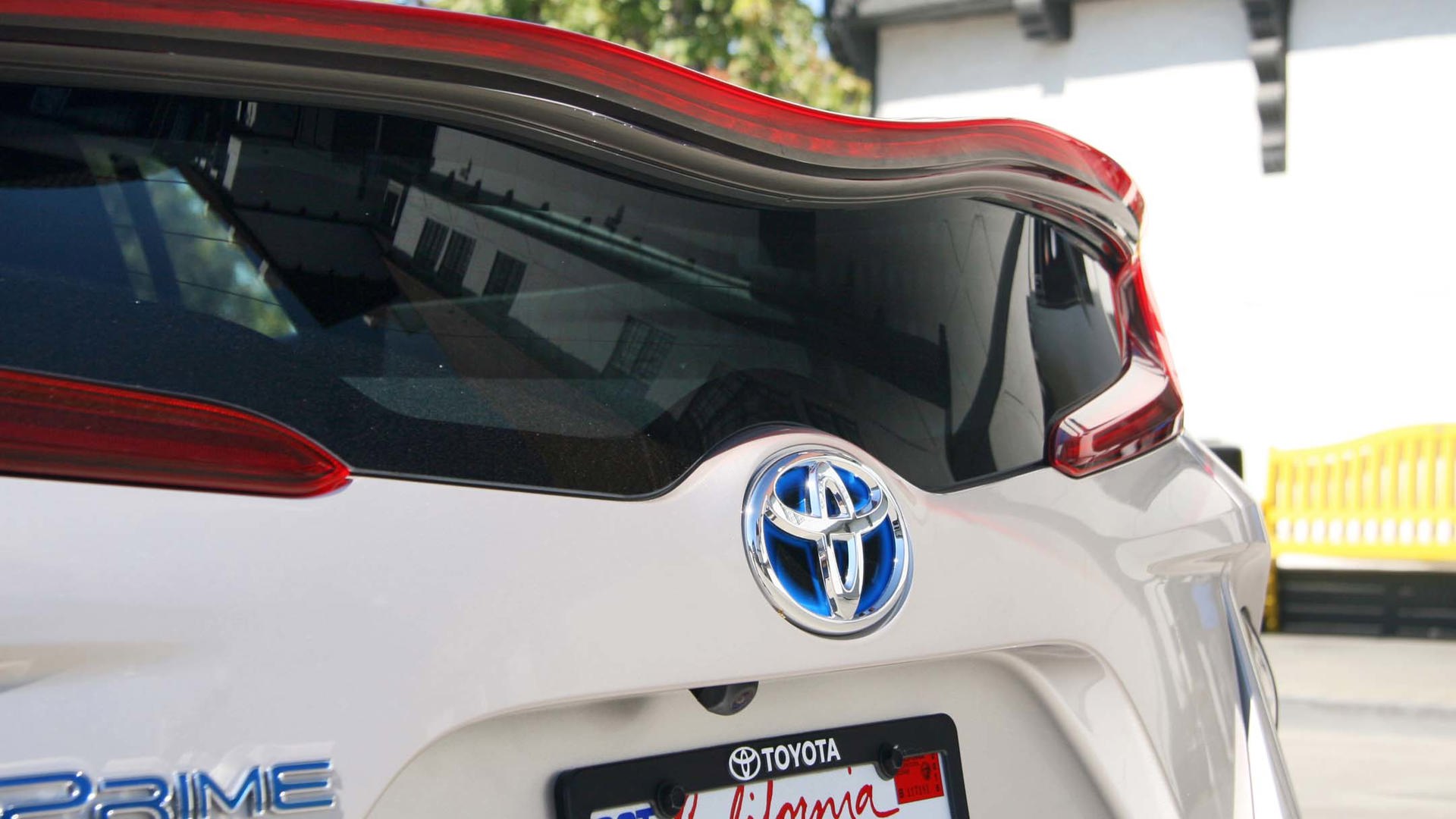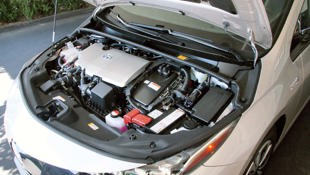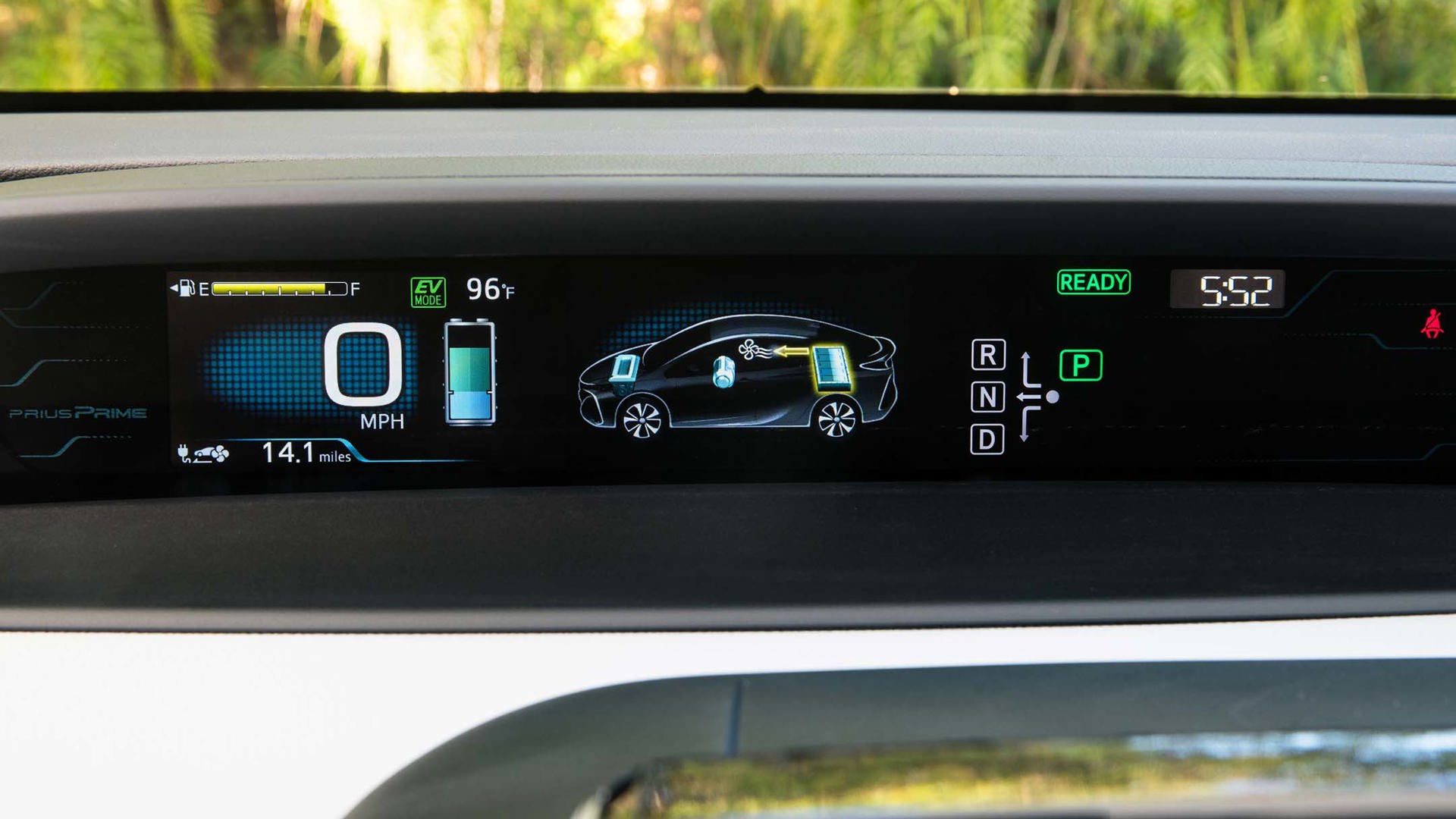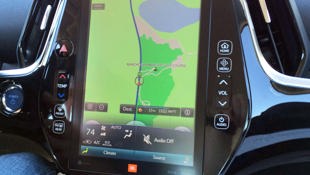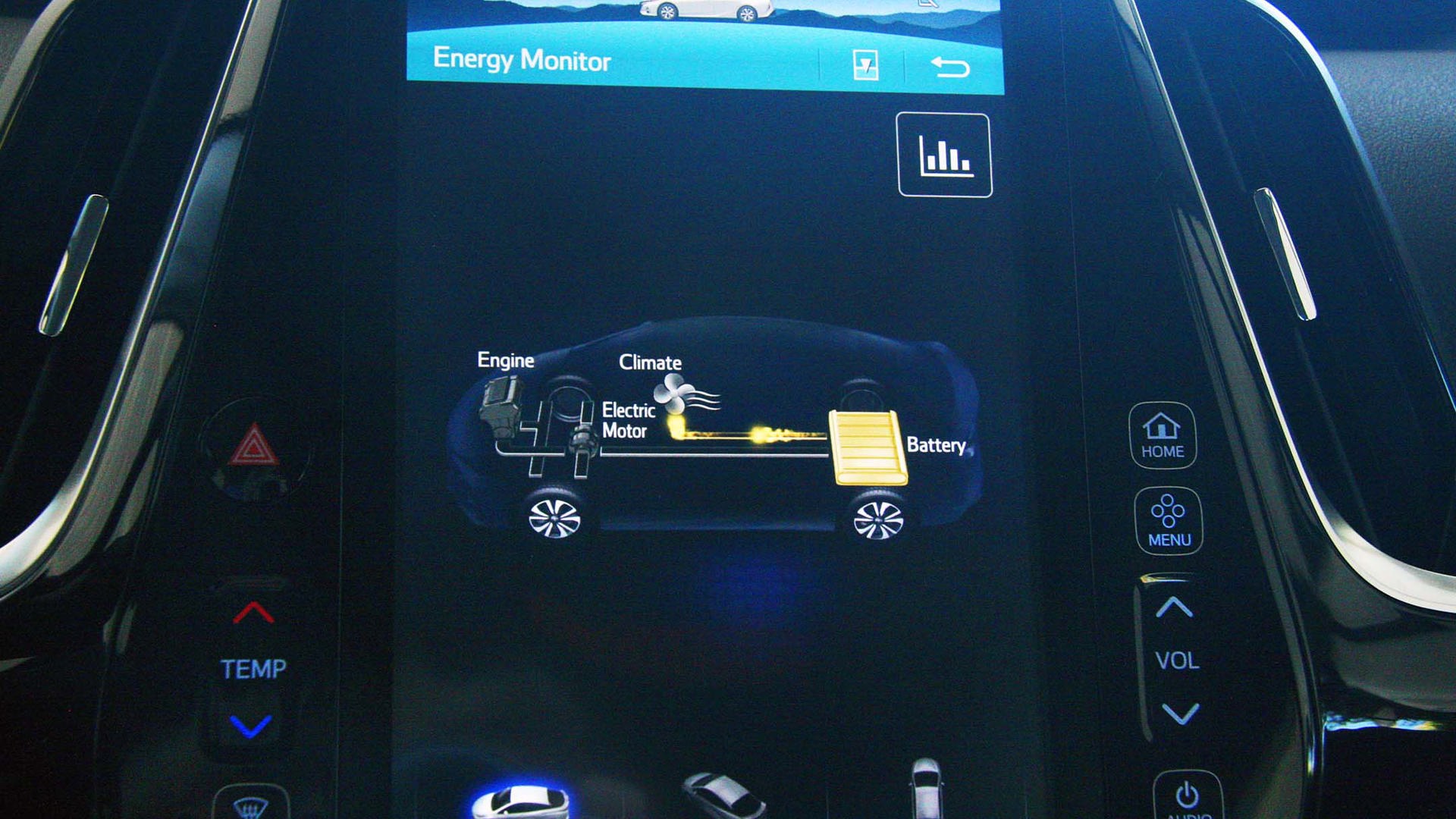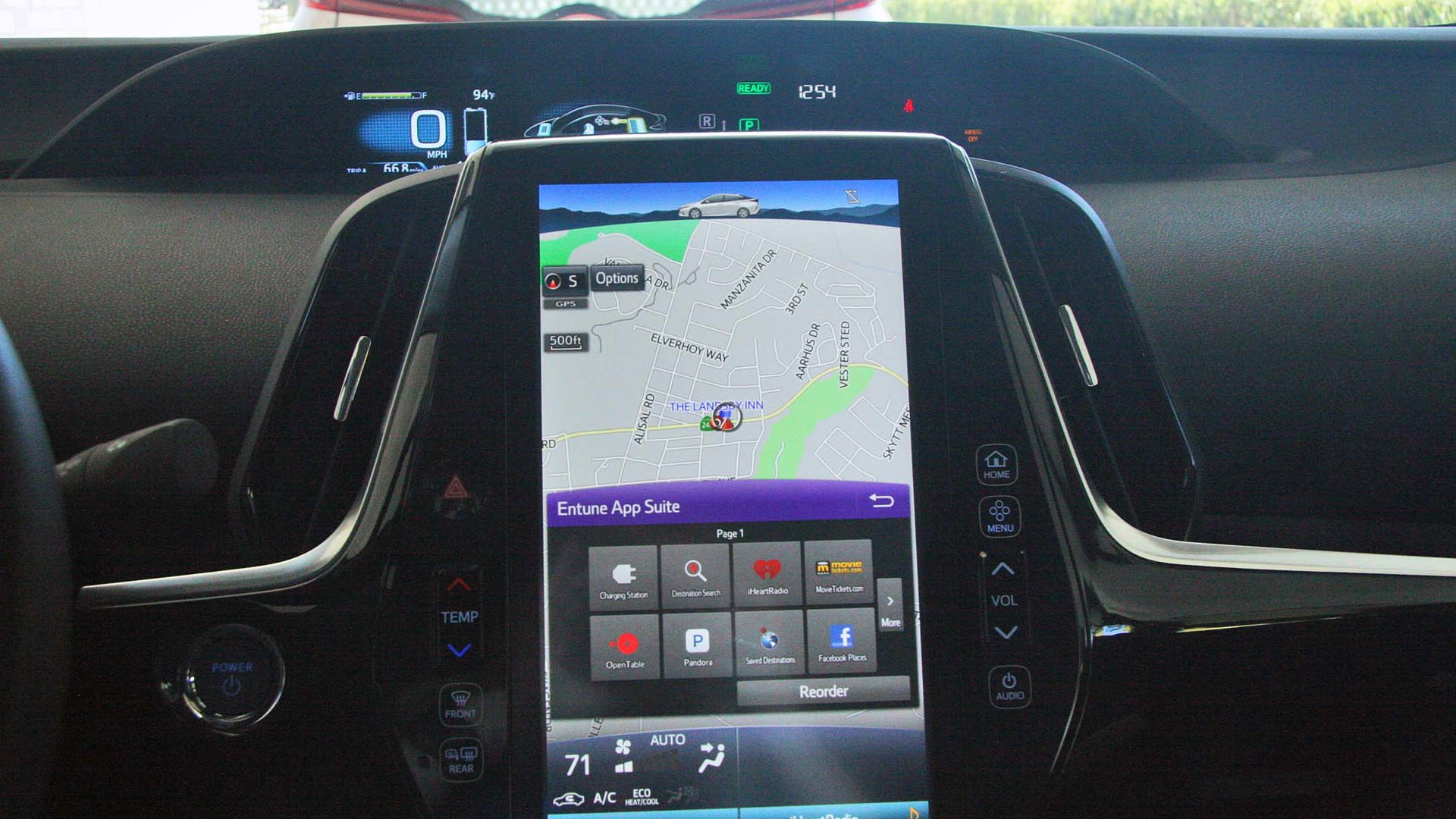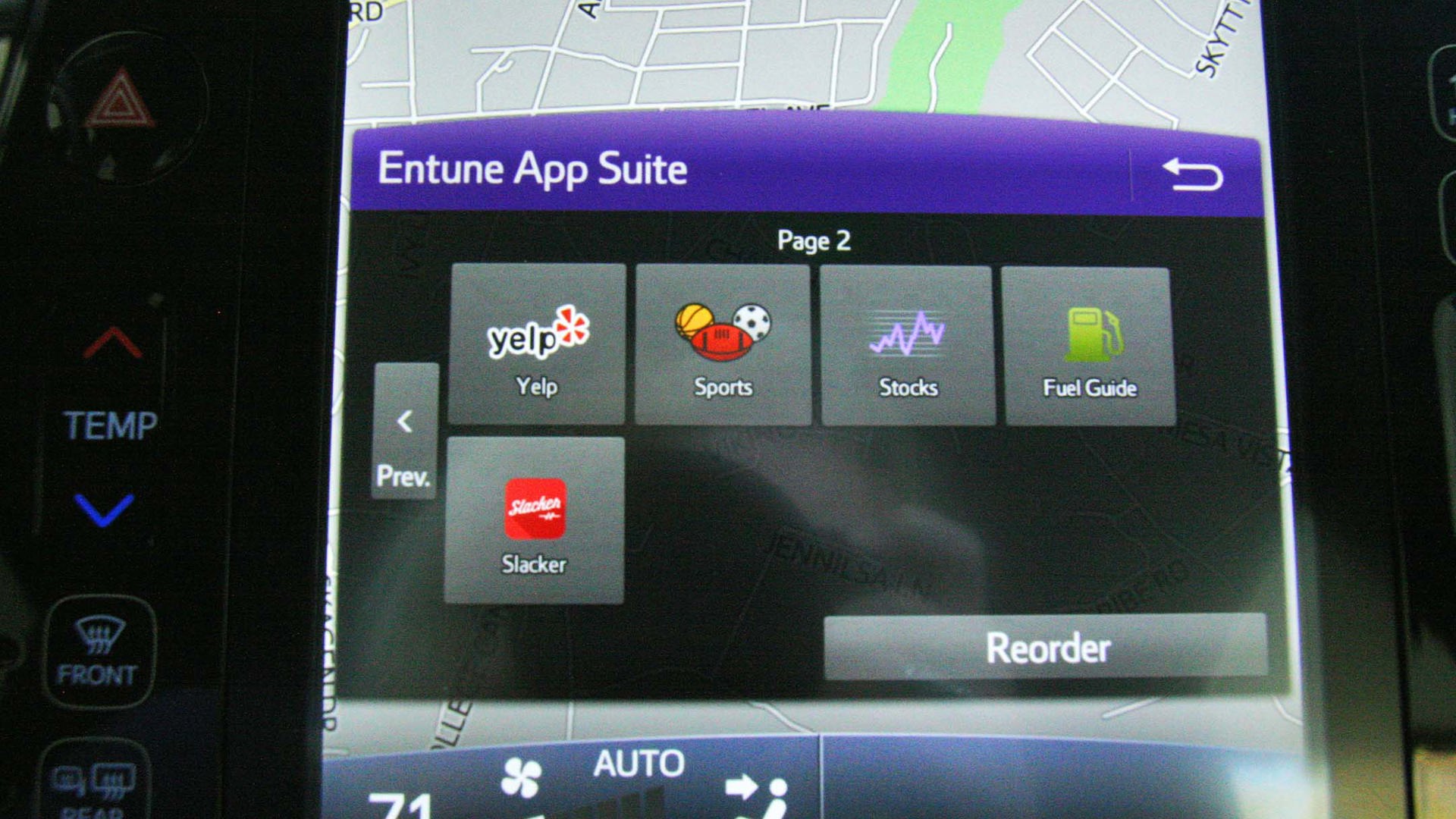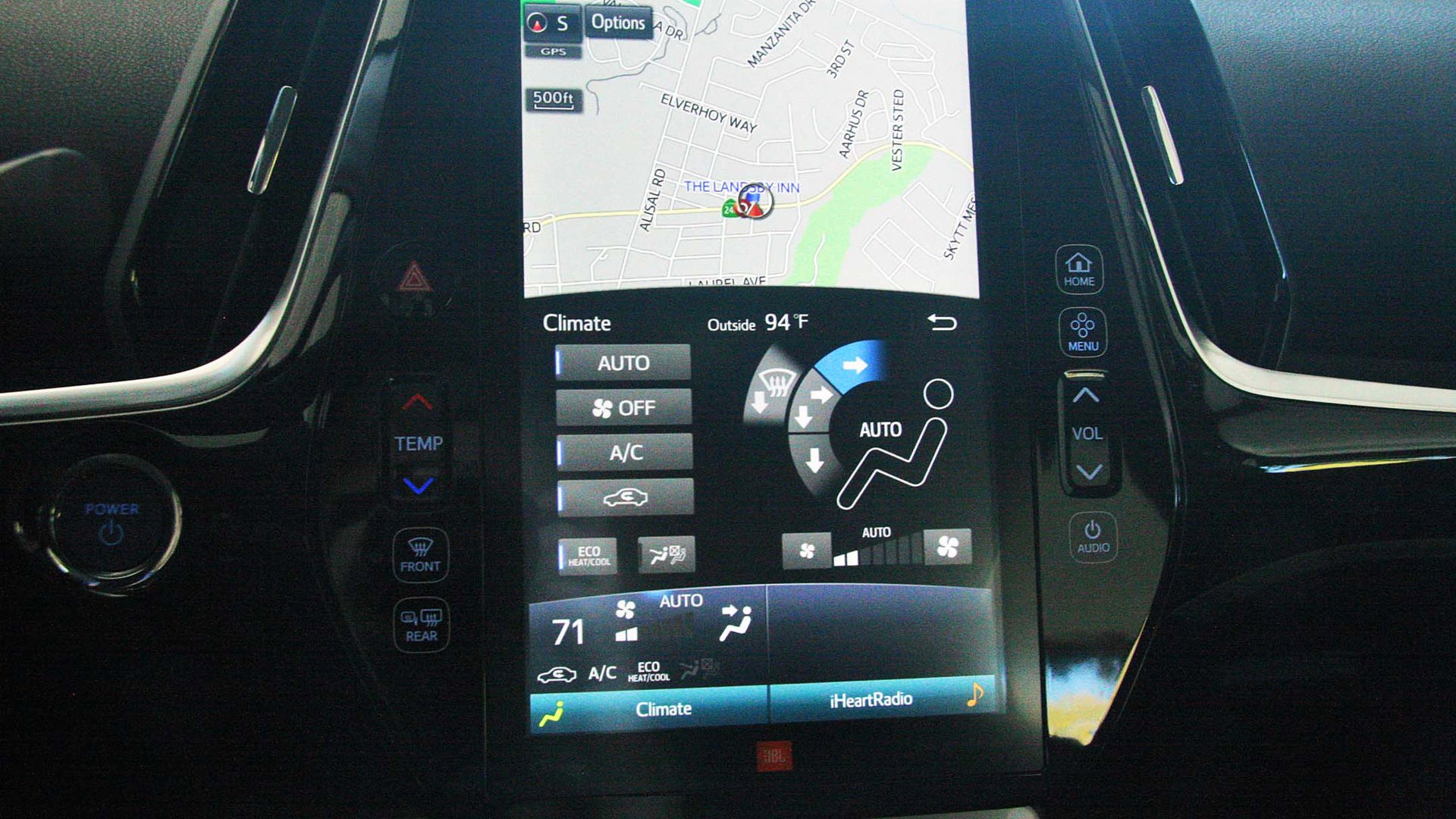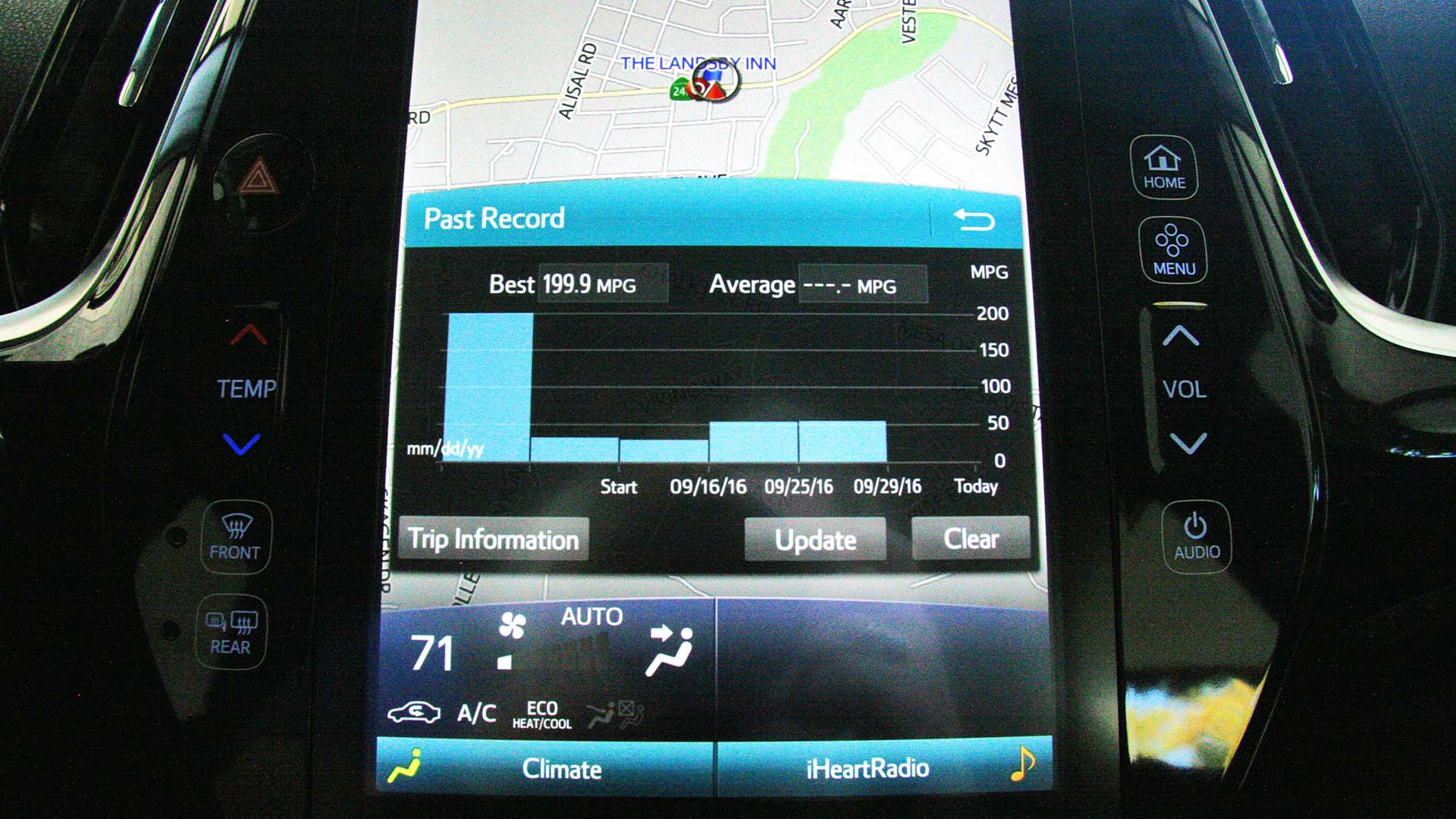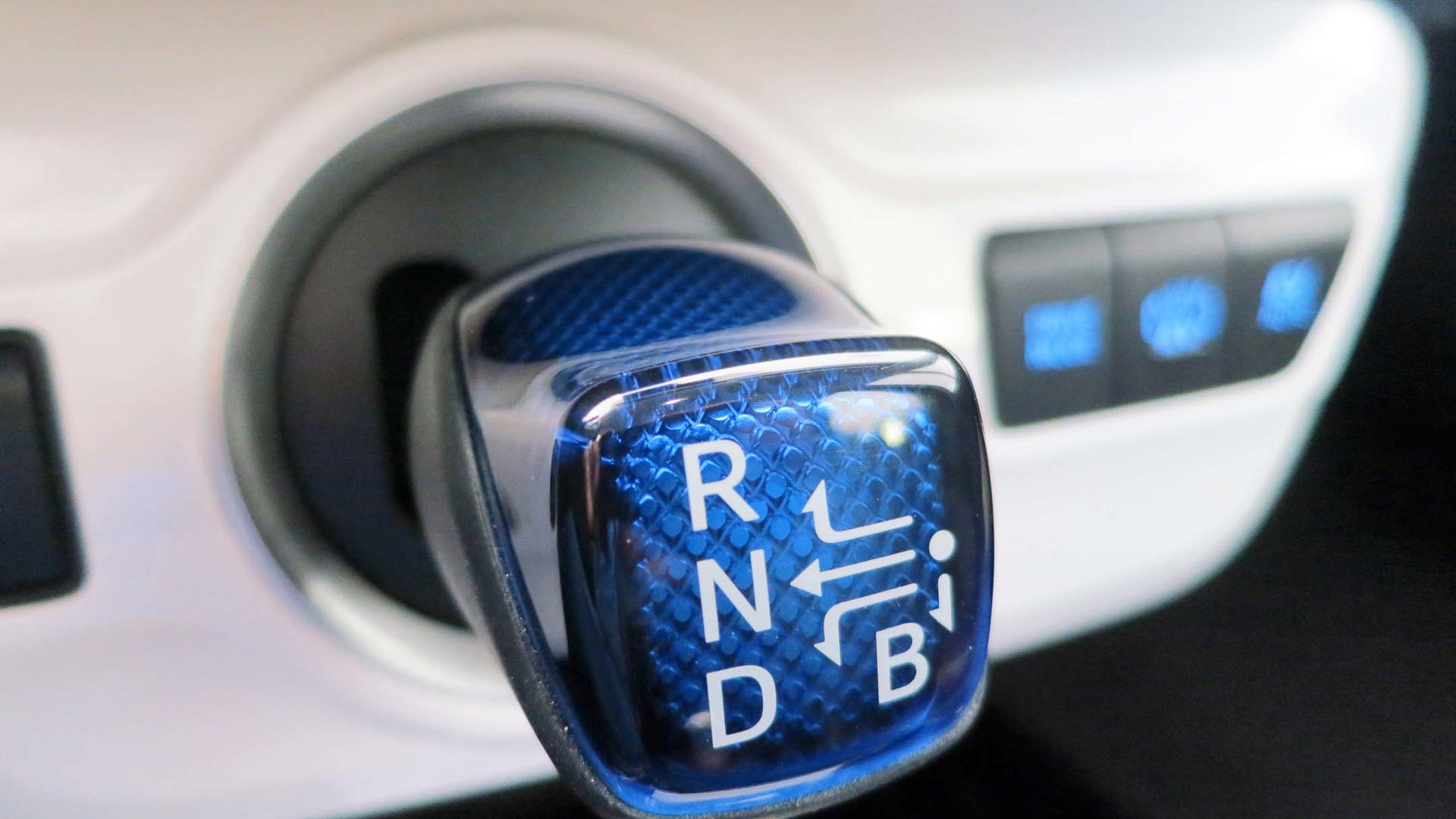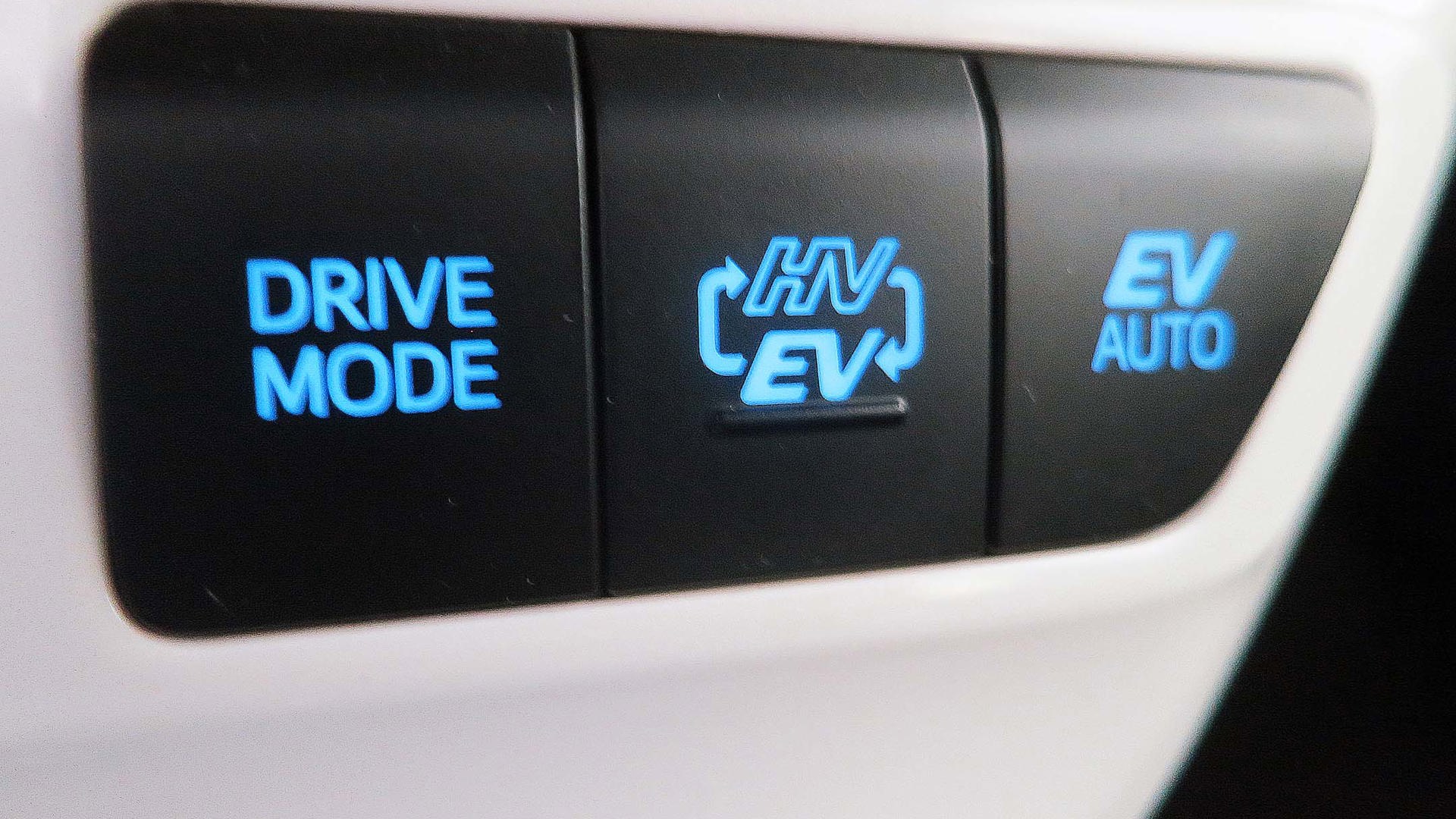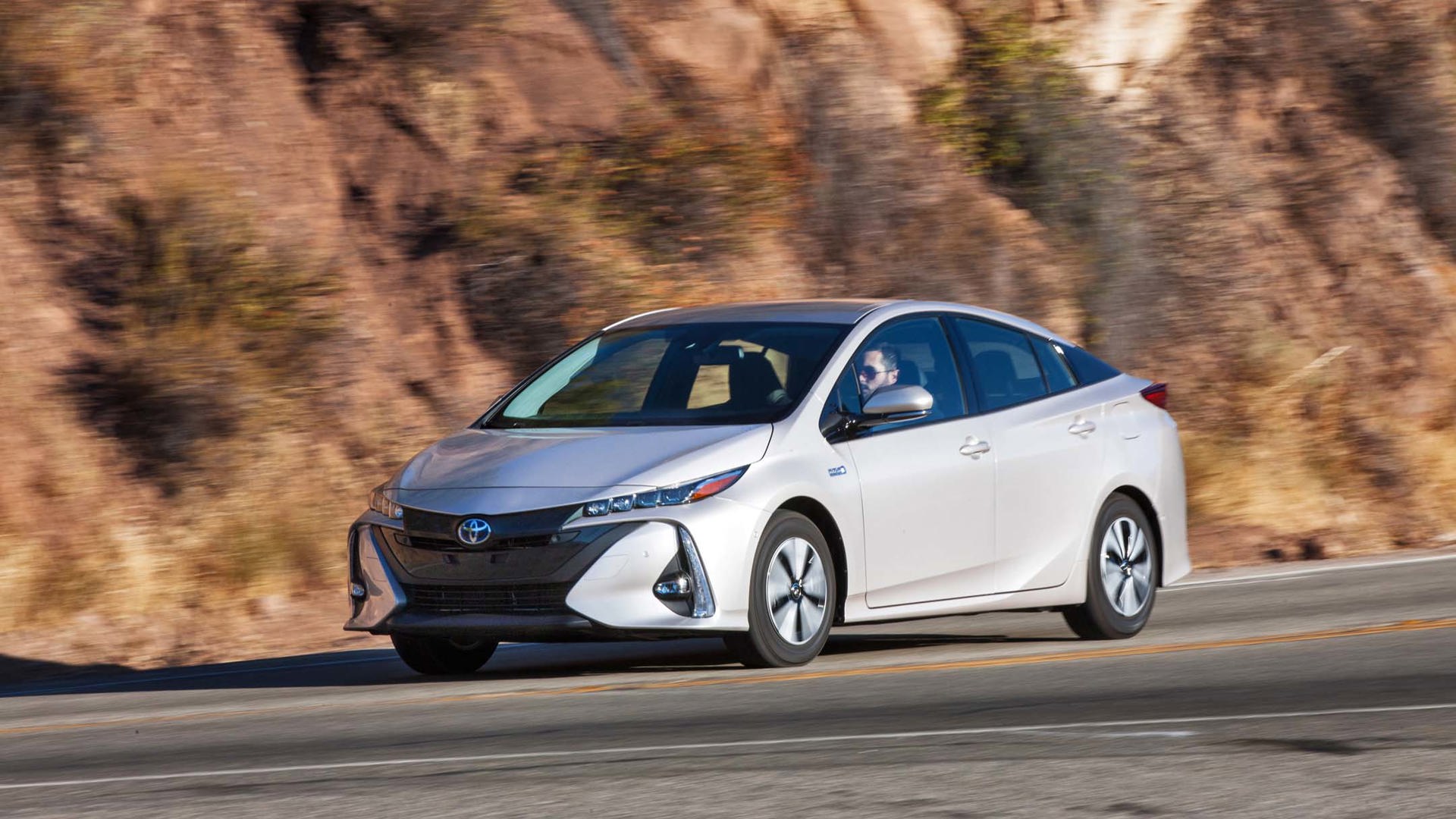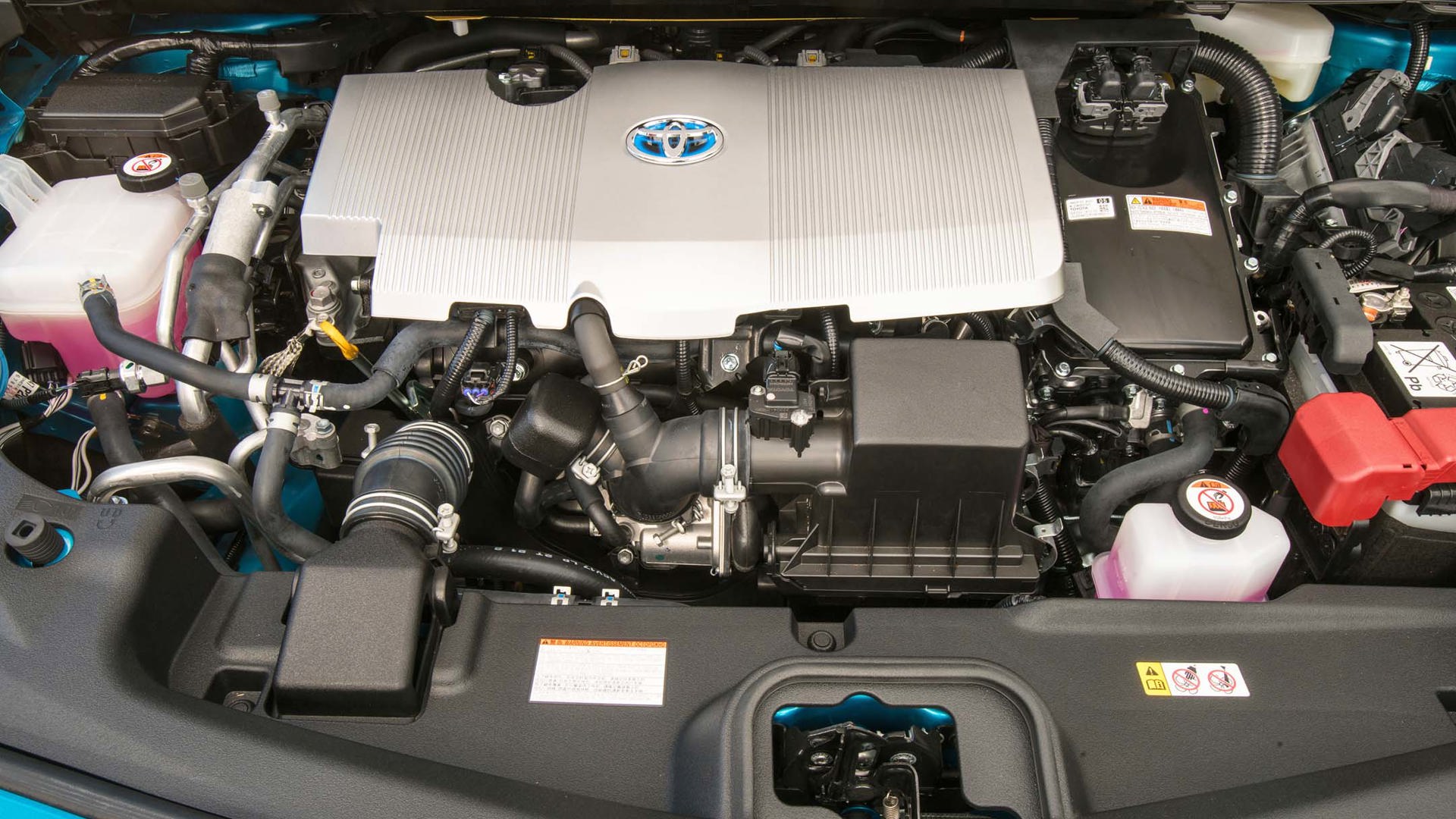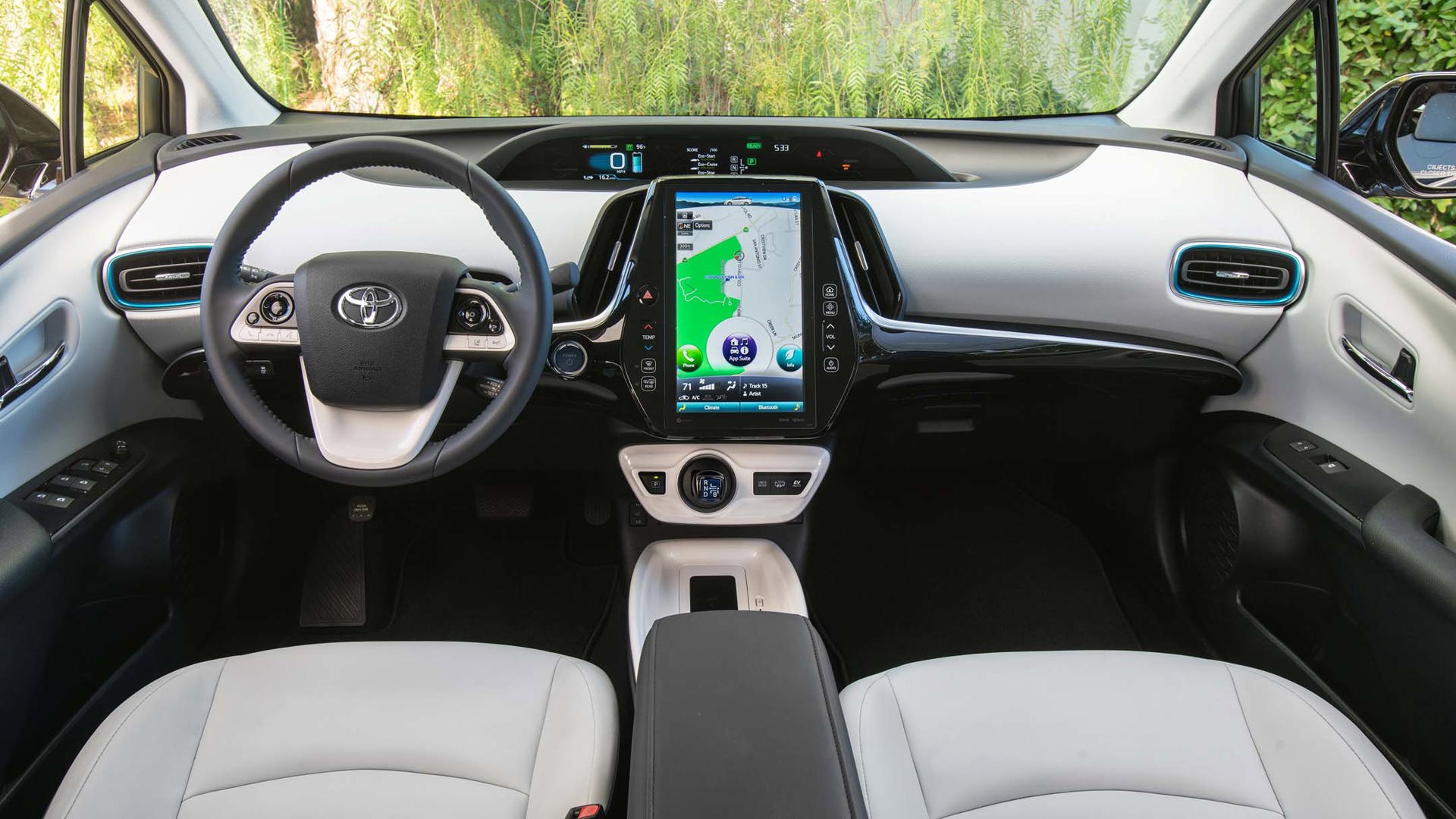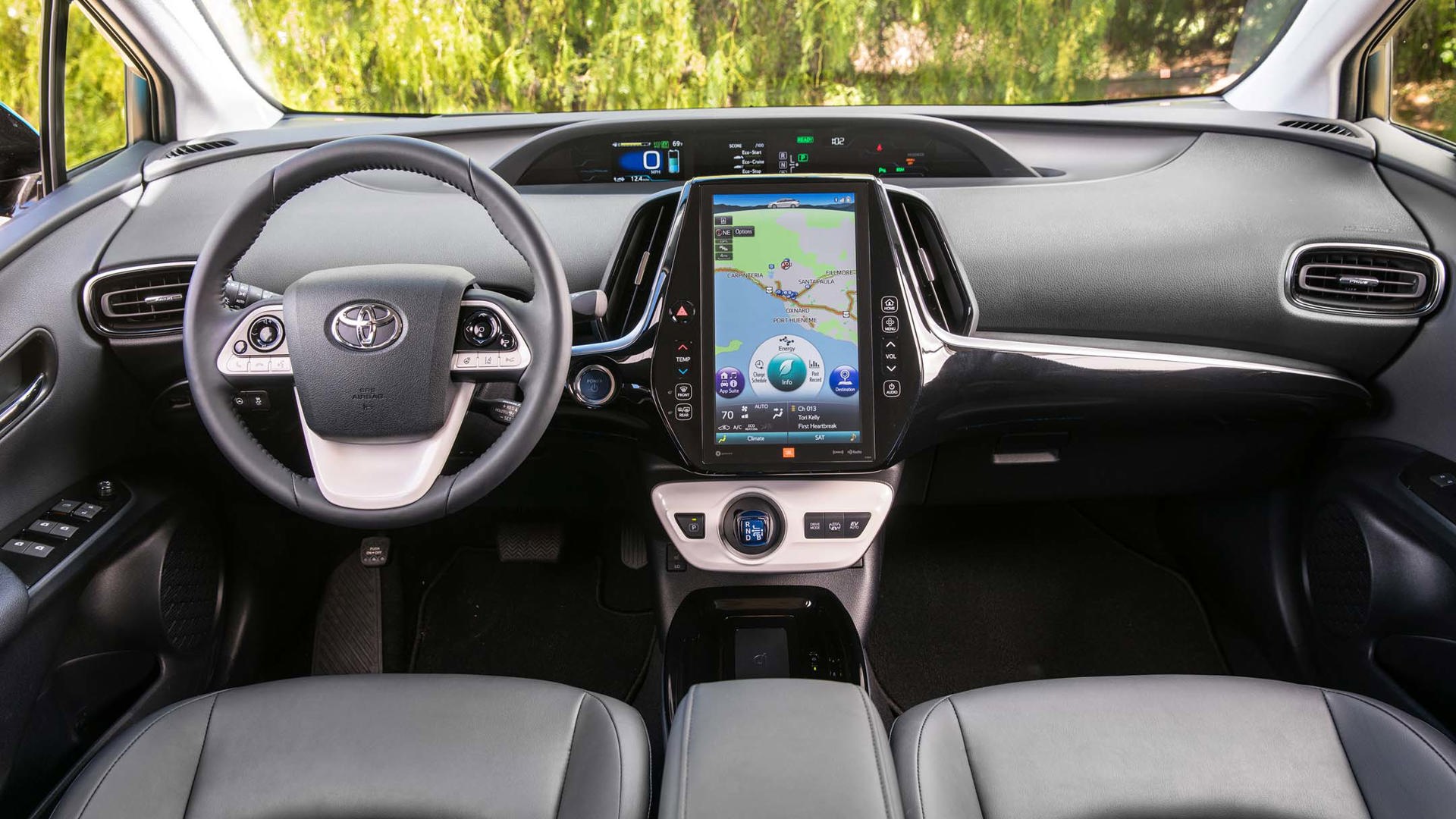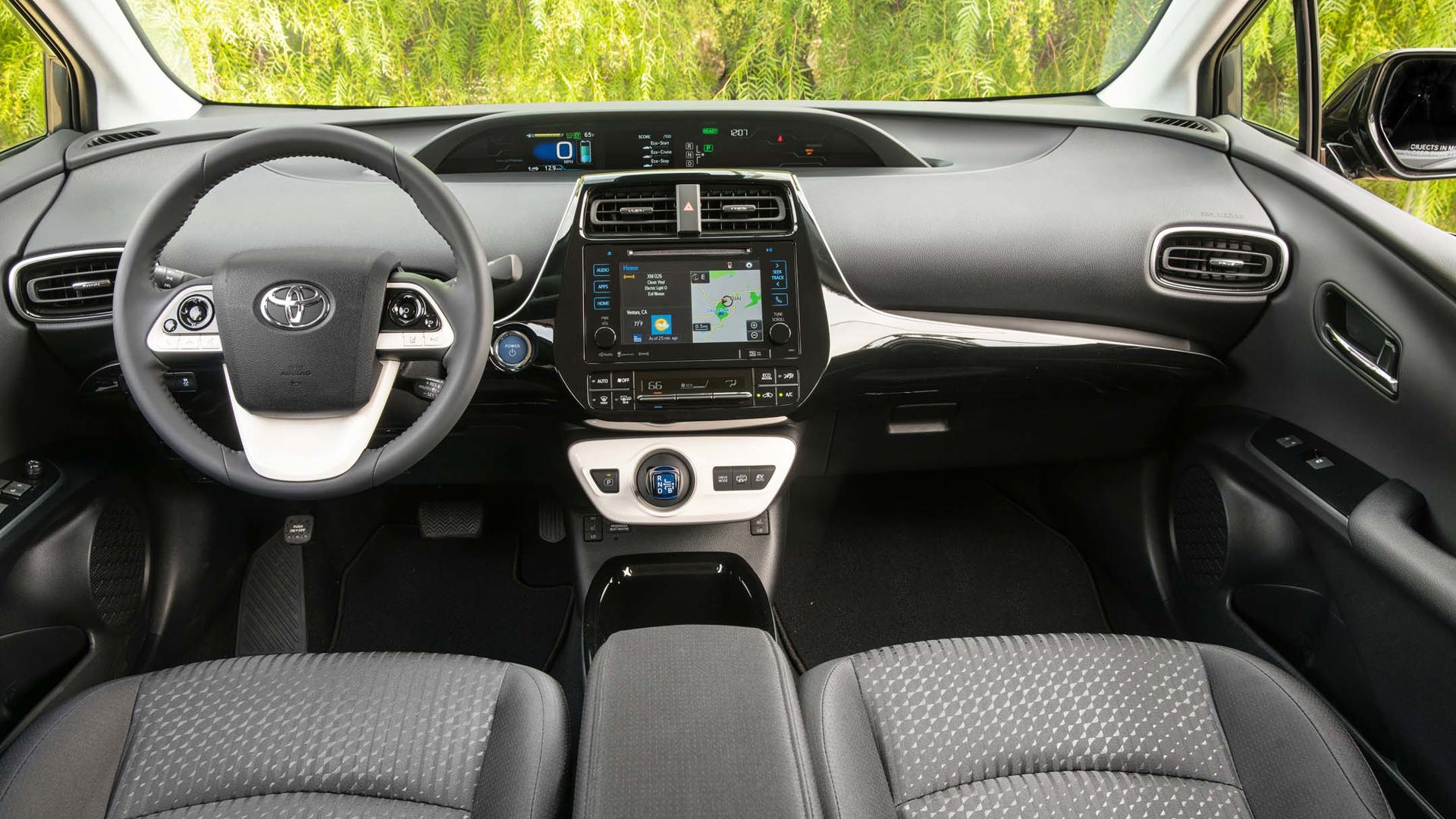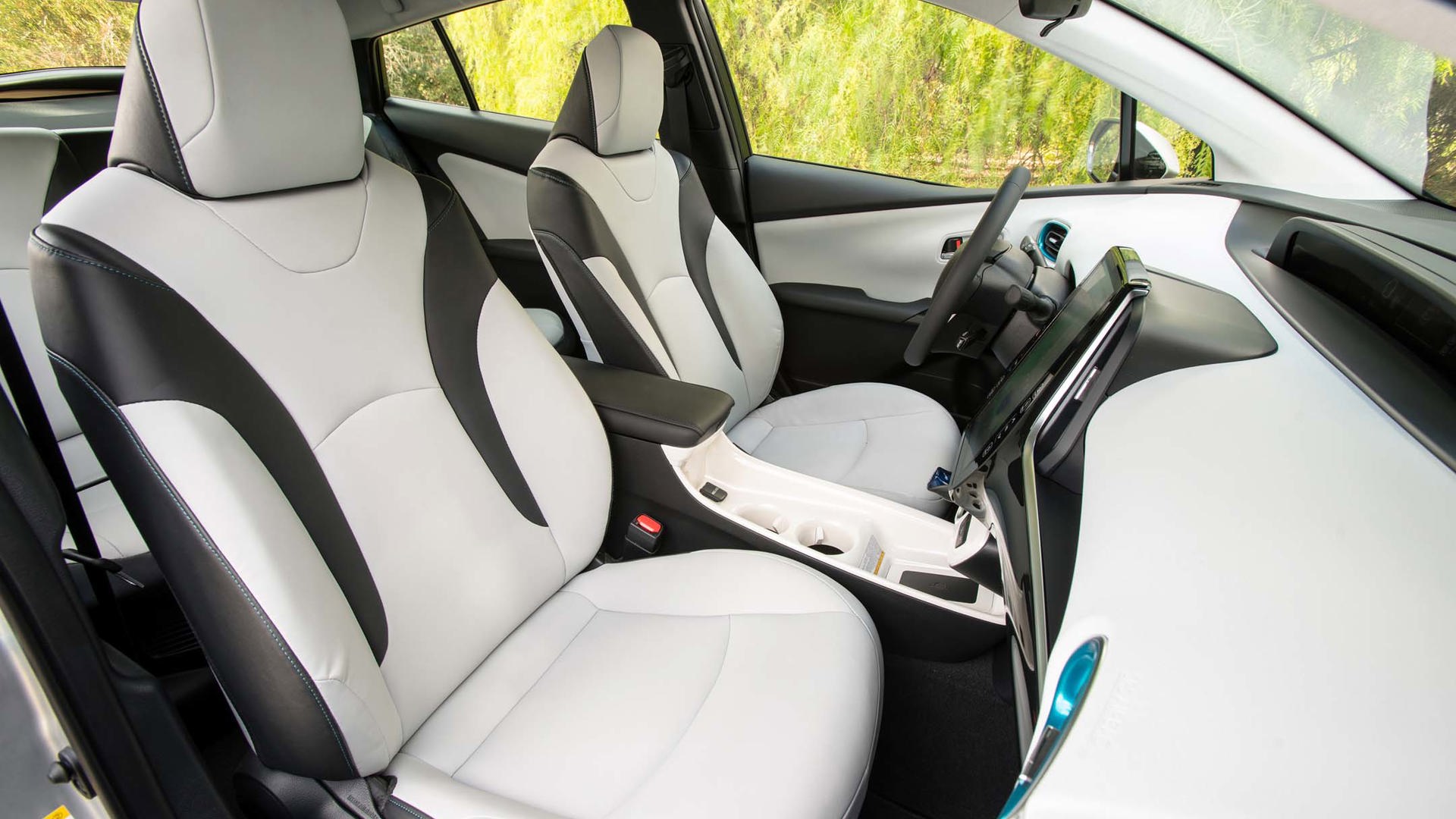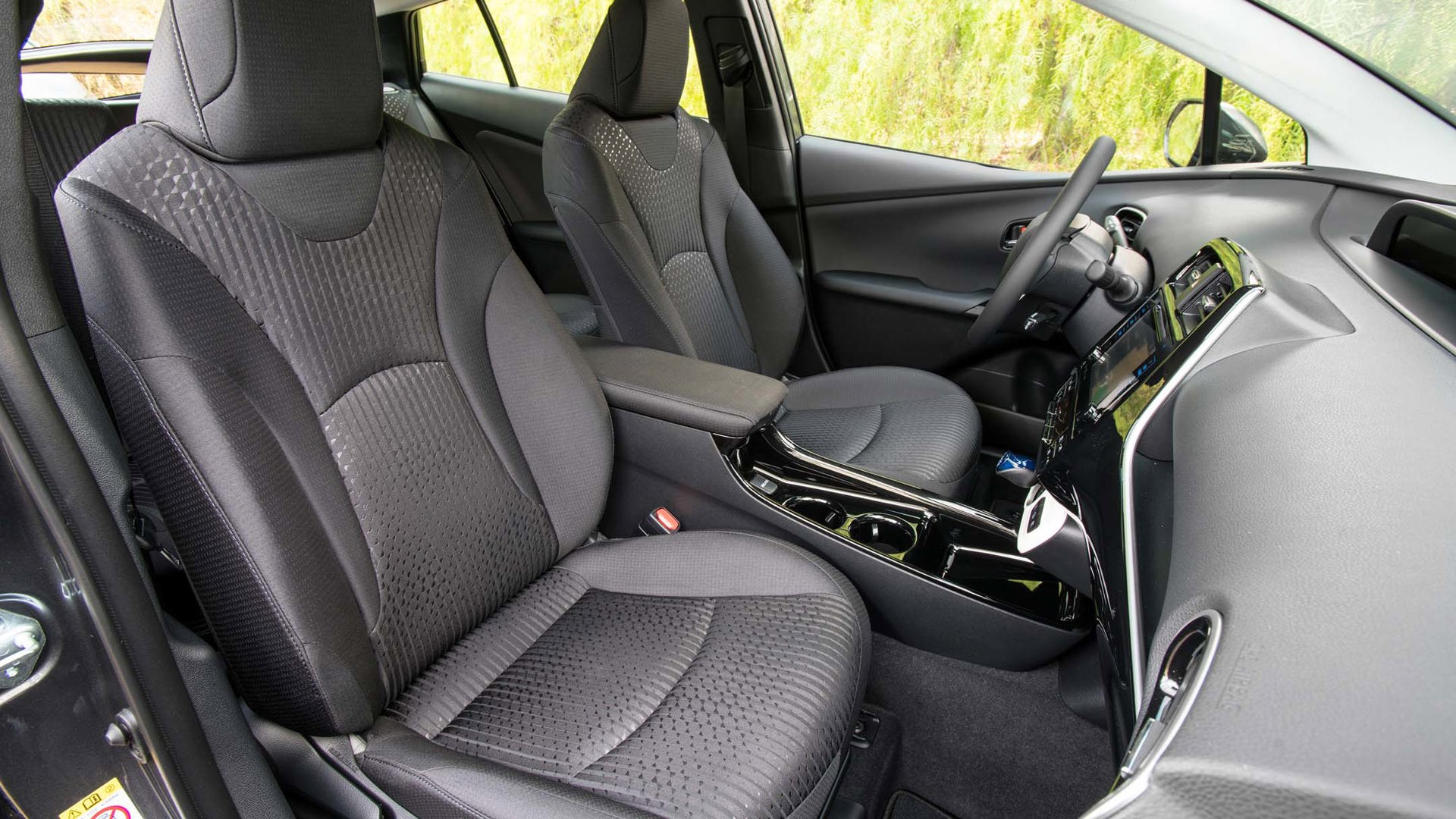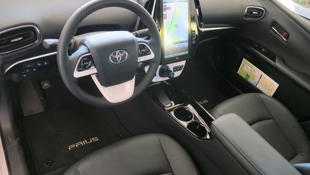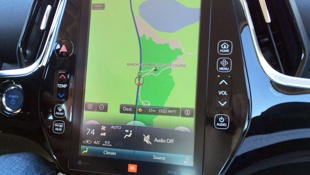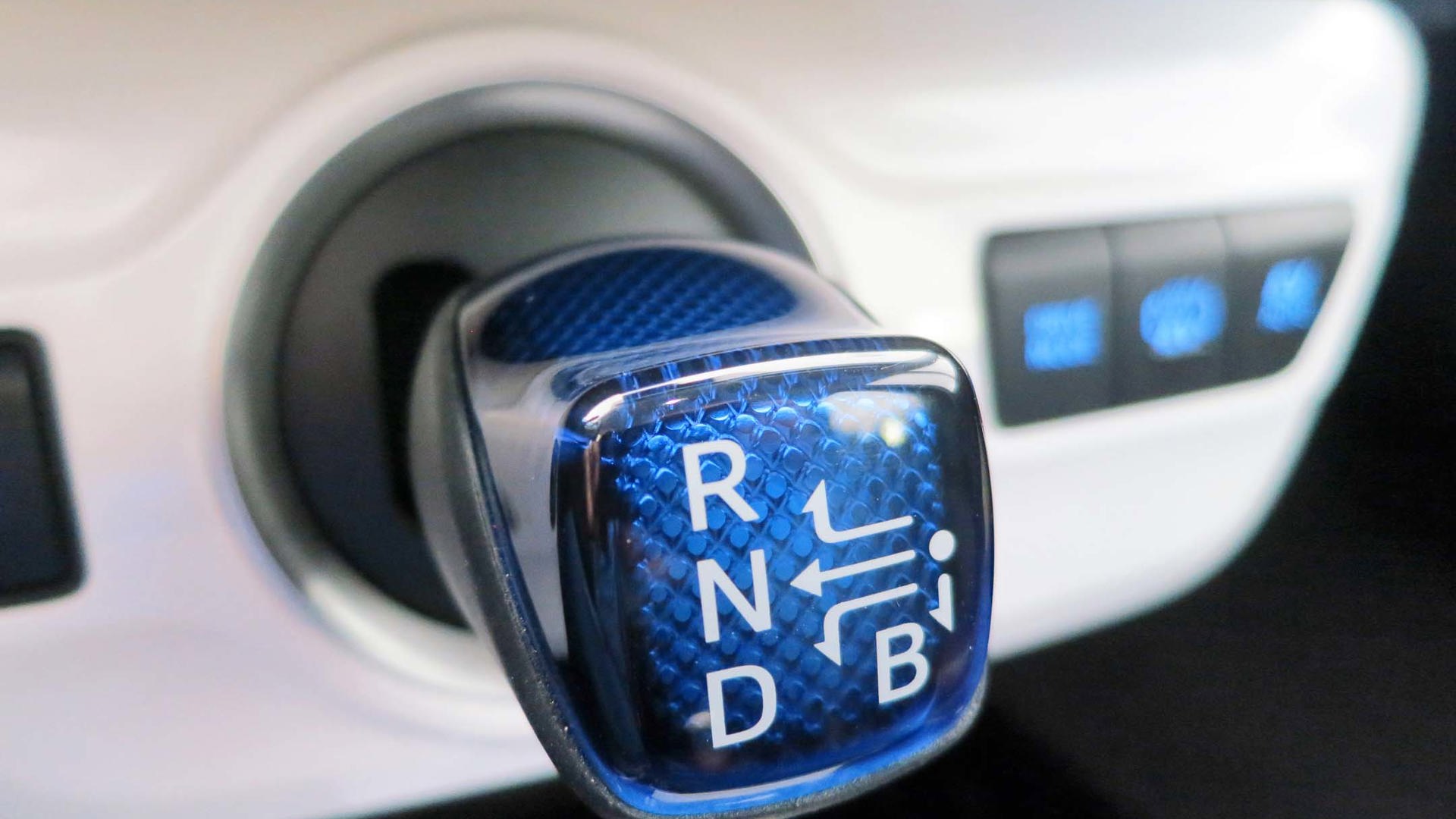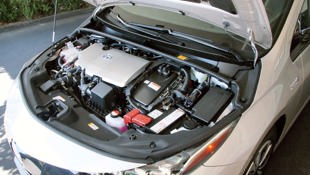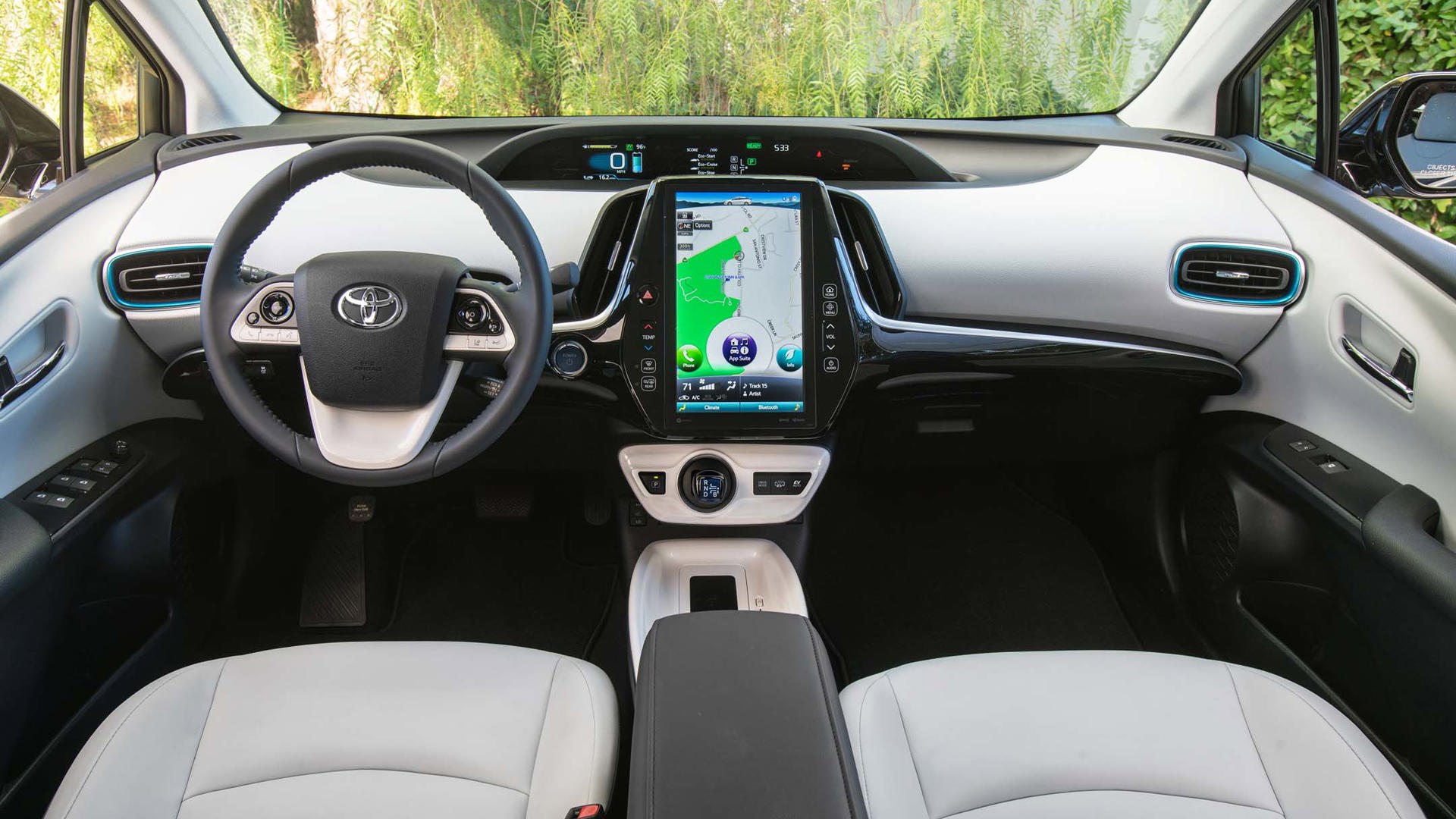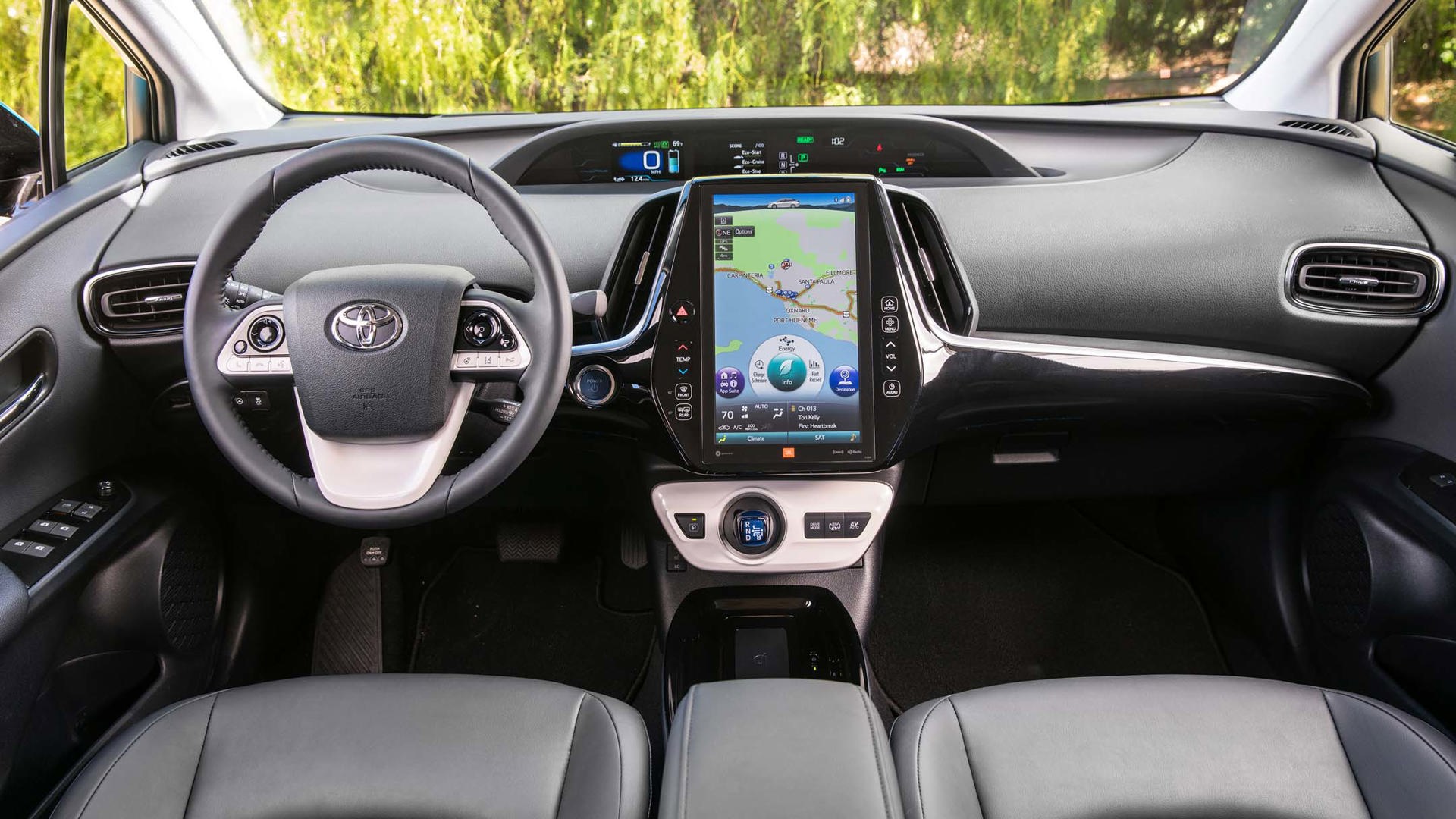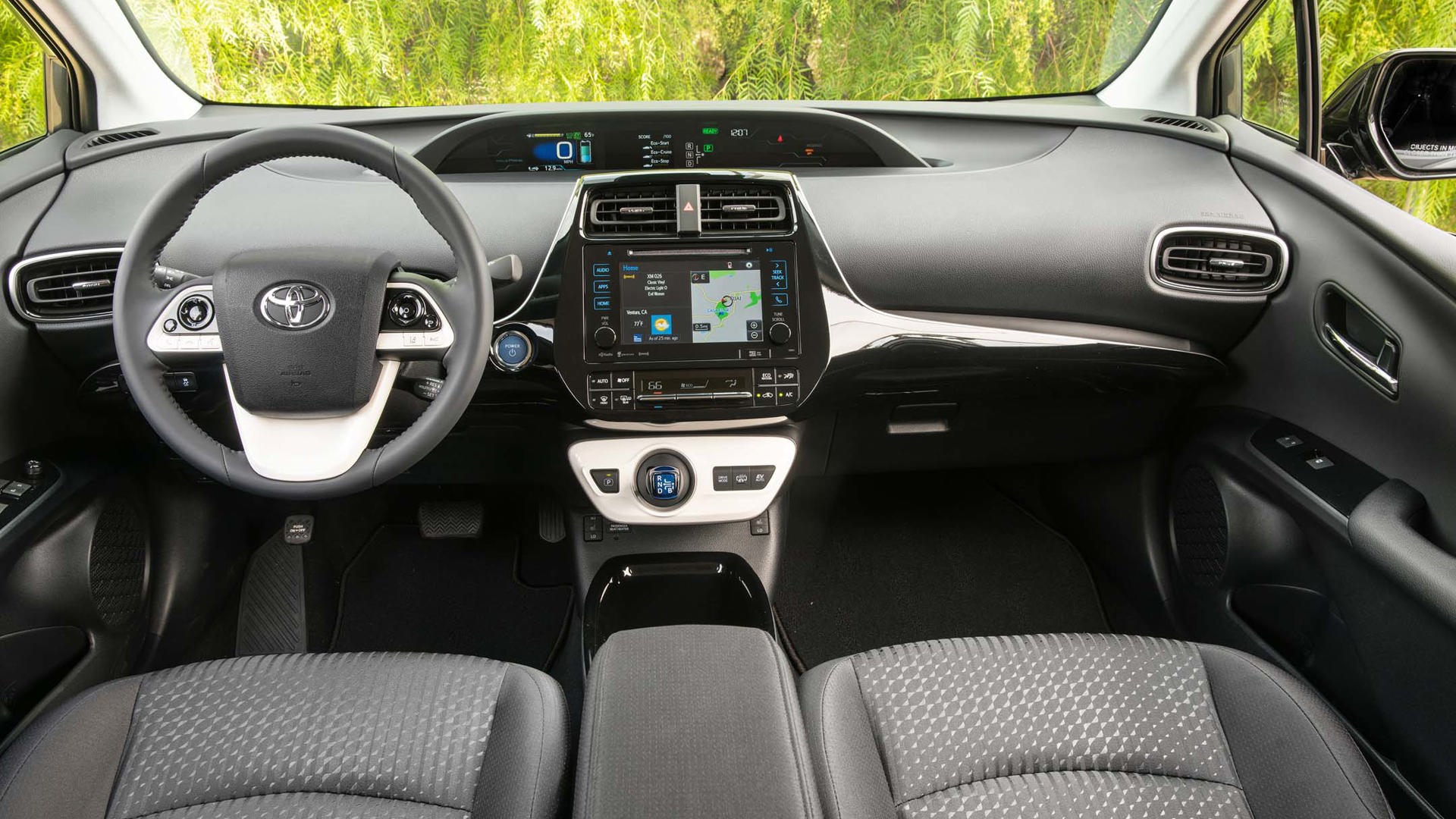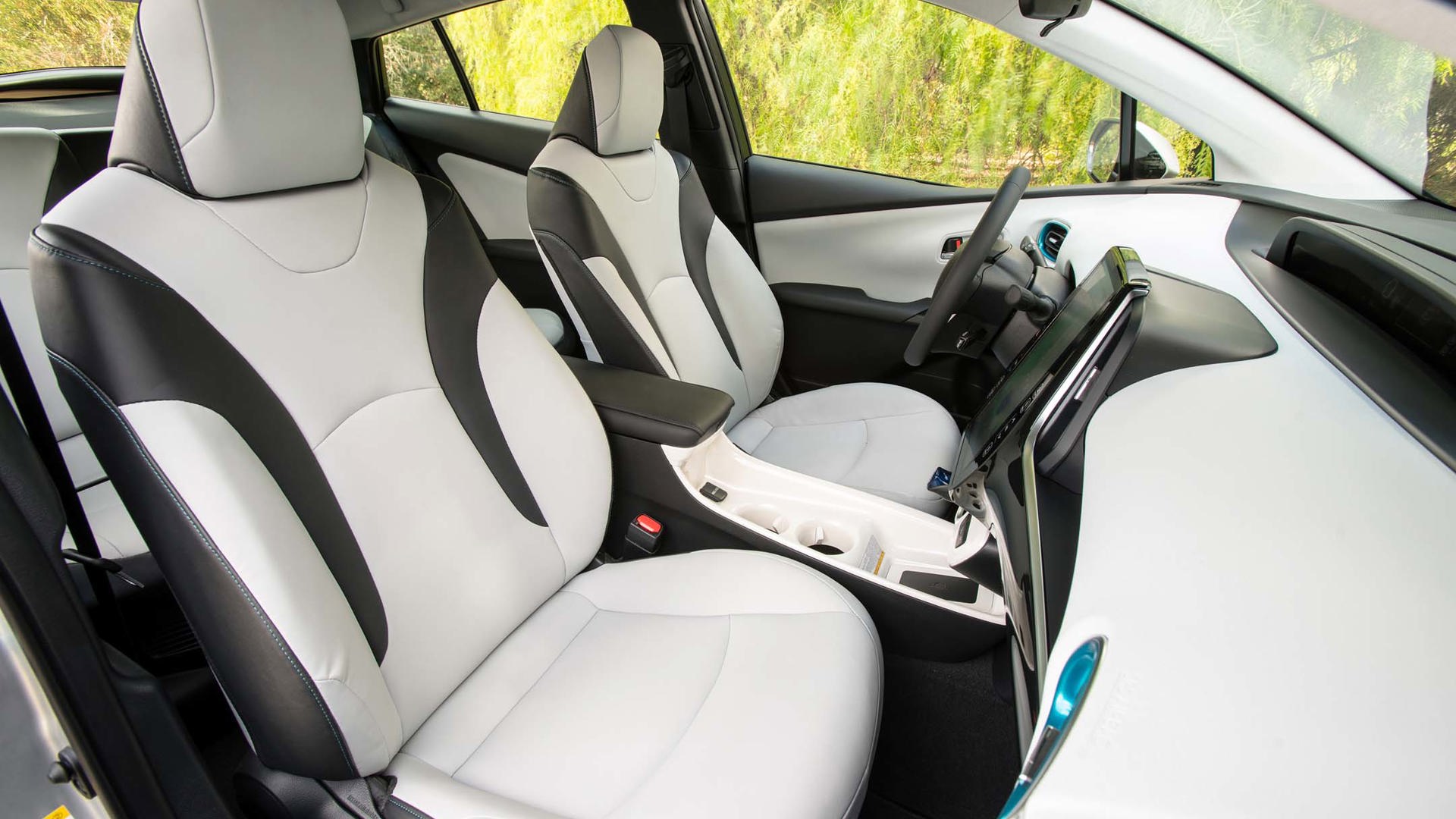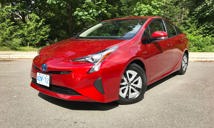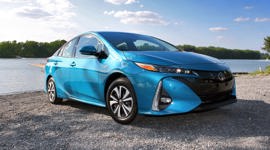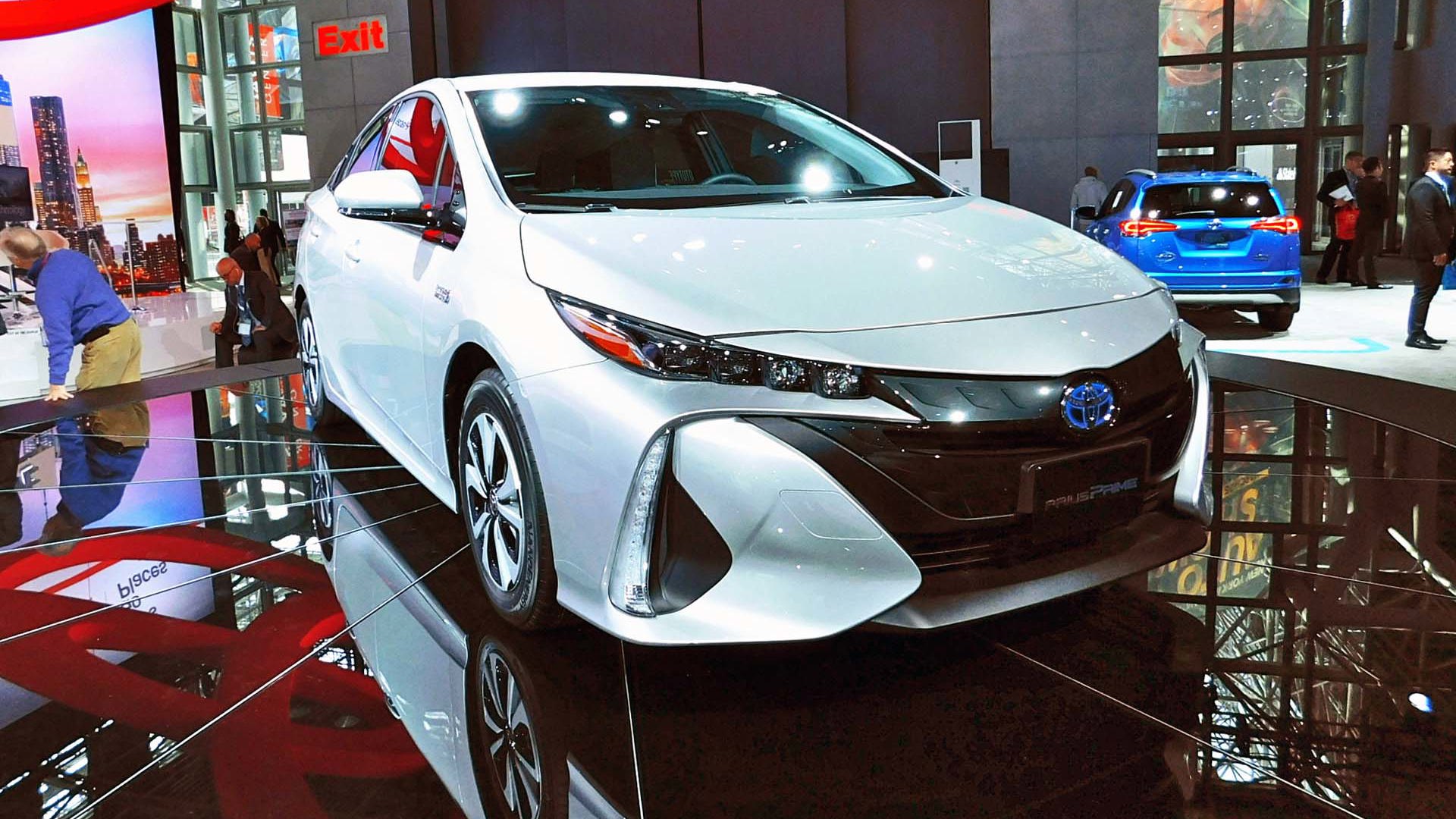OJAI, CALIFORNIA – Yellow ochre, dusty beige, burnt umber and red sandstone. There’s not much green in this palette. The wind rattling through the sagebrush underscores just how dry this savannah-like landscape has become.
Toyota claims a combined energy consumption of 1.96 Le/100 km, which is not only 22% better than the previous Prius plug-in, but 12% better than targeted competitor Chevy Volt.
With our vast abundance of fresh water, we Canadians still view hybrid and electric vehicles as a curiosity, or an affectation of the eco-conscientious. The consequences of climate change haven’t really begun to affect us – yet.
But in California, the early adopter state, where alternative energy has been embraced by everyone from B-movie stars to the Sierra Club – the cumulative effects of carbon emissions have become very real.
As we wait for the light to change, there are two Prius ahead of us, and a Tesla behind. We’re in the brand-new Prius Prime, and feeling as much at home here as the twisted live oaks lining the roadway.
The “Prime” is Toyota’s second run at producing a plug-in version of the Prius. While the Prius is the bestselling hybrid in the world, those who remember the original plug-in hybrid will probably agree that it was a half-hearted production at best. Underpowered, with a woefully small storage battery, Toyota claimed it had a range of 20 km on full electric, at speeds up to 100 km/h. In reality, the Prius plug-in rarely went above 50 km without the gas motor kicking in, and you were very lucky indeed to get more than 10 km of electric-only travel.
Needless to say, the Prius plug-in was a resounding flop, selling a little over 40 vehicles in 2015 before disappearing from the market.
This time around, Toyota seems to be a lot more invested in producing a plug-in worthy of the Prius name. While electrification doesn’t seem to be a direction worth pursuing for the Japanese automaker, they’ve dedicated decades of R&D funding towards developing their hybrid systems and hydrogen fuel cell vehicles.
The Prius Prime’s official electric-only range is 35 km, but according to Toyota Canada VP Stephen Beatty, those are conservative numbers for these pre-production vehicles. Overall combined range is 965 km.
By comparison, the Chevrolet Volt boasts a whopping 85 km of pure electric travel, but its overall combined range is only 676 km. The plug-in Hyundai Sonata and Ford C-Max Energi are rated at 43 km and 30 km respectively, and both have the same 965 km range as the Prius Prime.
Toyota claims a combined energy consumption of 1.96 Le/100 km, which is not only 22% better than the previous Prius plug-in, but 12% better than targeted competitor Chevy Volt.
It’s powered by a new version of Toyota’s Hybrid Synergy drive, which combines a dual-electric motor generator with a four-cylinder Atkinson-cycle engine for a total output of 121 horsepower. In the previous version, the smaller electric motor did little more than start the engine and help regenerate braking energy. In this case, a clutch between the two motors allow both to send power to the front wheels. The 8.8 kWh lithium-ion battery provides more than 10 times the energy storage as the previous plug-in which is a key part of the extended electric range. Charging times are an estimated two hours on the 240 volt charger, or 5.5 hours on a 120 volt household system.
The Prius Prime is built on the same Toyota Global Architecture underpinning last year’s new Prius liftback. The new platform is built from lighter, stronger materials, a lower centre of gravity for better handling, and a lower front cowl for improved forward vision. It also allows the automaker to “build to order” to meet customer demand.
Differentiating it from the regular Prius are unique front and rear fasciae, a carbon-fibre rear hatch with aerodynamic “double-bubble” rear window, aero-efficient wheels, an aluminum hood and active grille shutters.
The cabin is similar in design to the regular Prius, but the Prime is only a four-seater thanks to the extra rear space required by the battery pack . It also cuts into rear hatch space and increases the liftover height by some 100 mm. Leatherette seating is available in eye-catching black and white; likewise the interior trim, which can be had in piano black or enamel white.
The obvious difference, aside from seating configuration, is the enormous 11.6-inch display available on upper trim levels. Tablet-like, it responds to swipe and pinch, and displays navigation, fuel consumption, charging information and a variety of available connectivity apps like Facebook, Pandora and Yelp.
There’s also a suite of technology called Safety Sense P (TSS-P) with pre-collision system with pedestrian detection, lane-departure alert with steering assist, dynamic radar cruise control and automatic high beams.
If previous versions of the Prius and Prius plug-in left drivers praying for a lobotomy to help tolerate not only the crushing boredom, but also the depressing environment of institutional-grey hard plastics, then this new generation is a refreshing change.
The Prime is not only equal to the new Prius liftback in terms of driving dynamics – it’s better. Over winding roads through the California hills, we were surprised to find that this car is actually pleasant to drive. We asked lead engineer Shoichi Kaneko why. His response (through a translator) was that the battery helped with improving the car’s centre of gravity, but to compensate for its extra weight, they recalibrated the dampers and gave it a stiffer sway bar. It’s not exactly “primed” for the Nürburgring (sorry) but this Prius is the most engaging yet.
Without resorting to hypermiling, we managed to achieve about 43 km on pure electric – exceeding the estimated rate by more than 15 km.
The Prius Prime is expected to roll into US showrooms some time in November starting at $27,100 USD.
But Canadian pricing and delivery is hinging on a piece of Quebec legislation to be finalized – a bill that will establish a system of carbon credits for automakers with Zero Emissions Vehicles (ZEV). Long-range vehicles will earn the automaker a higher number of credits.
Pricing for the Prius Prime should be approximately the same as the $35,905 plug-in it replaces, minus provincial rebates.
